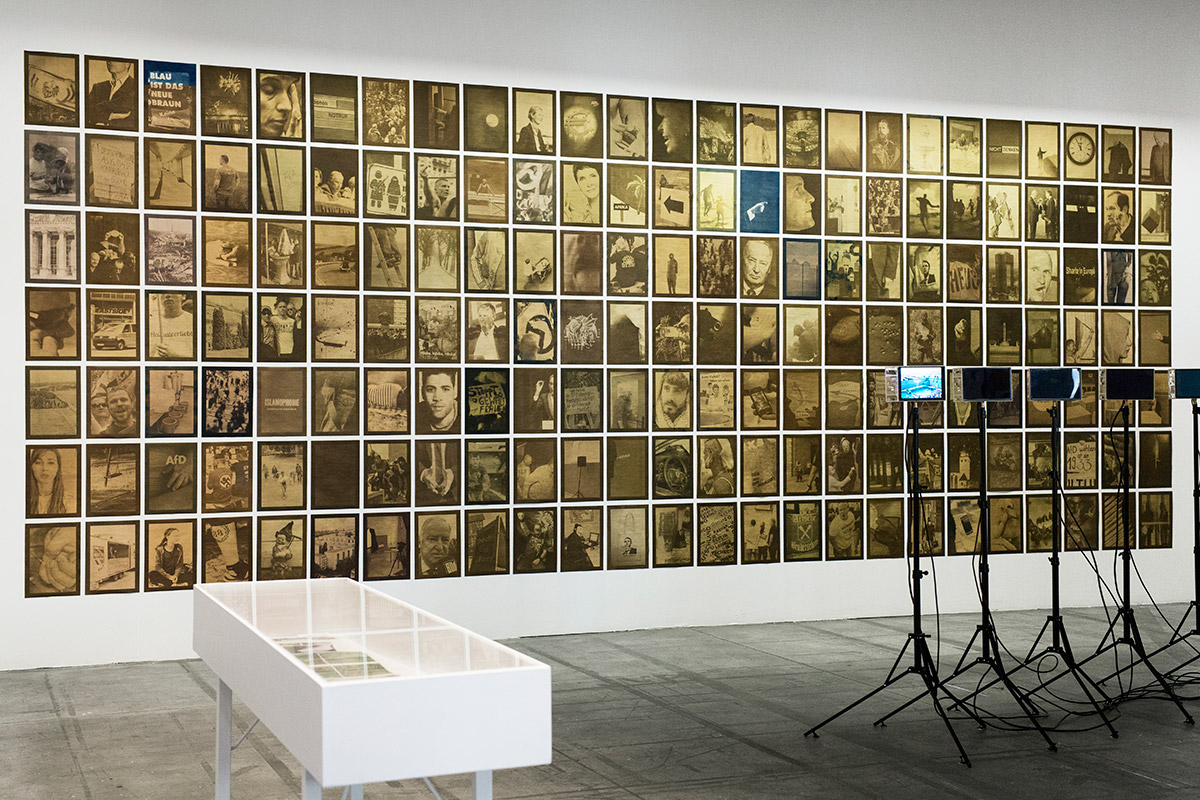
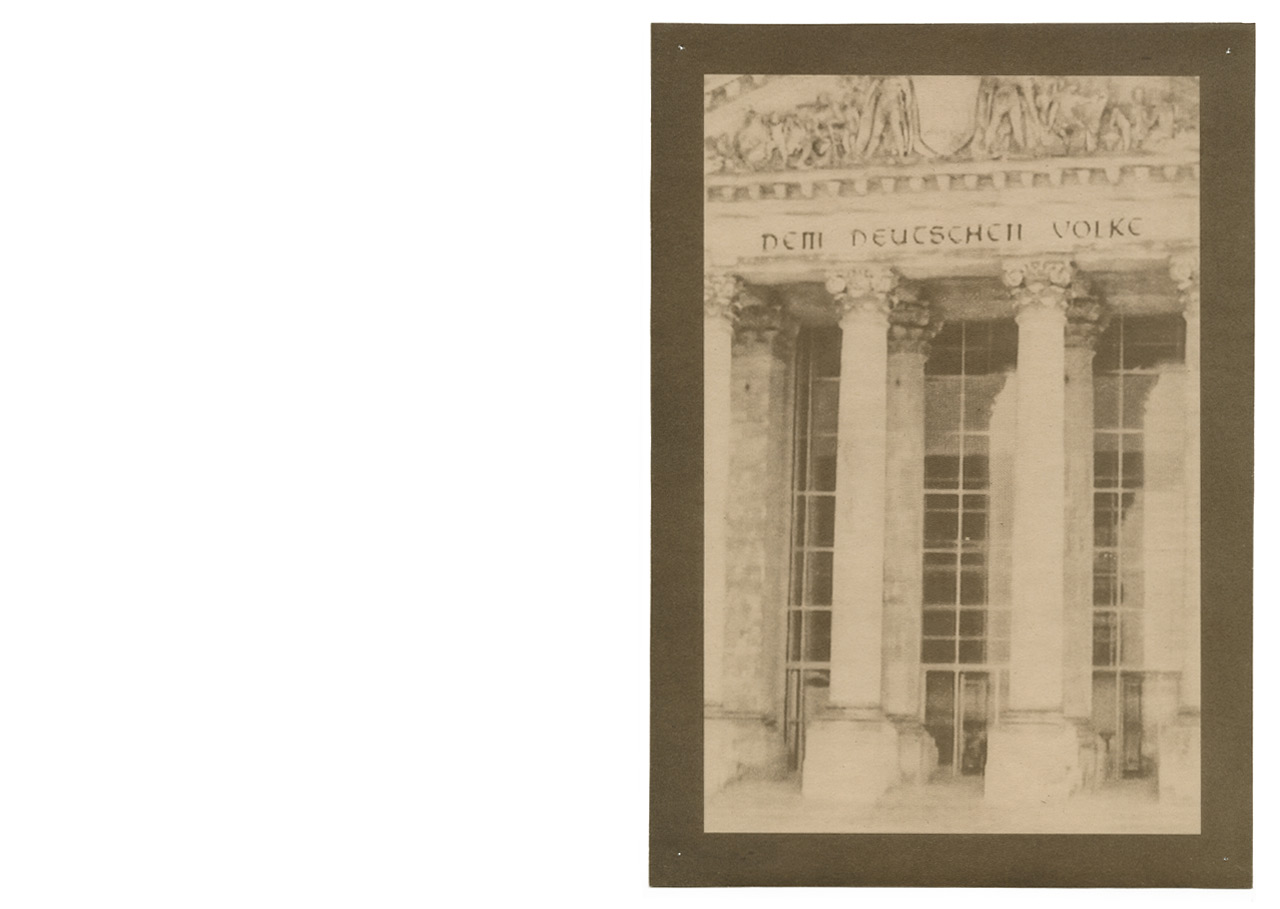
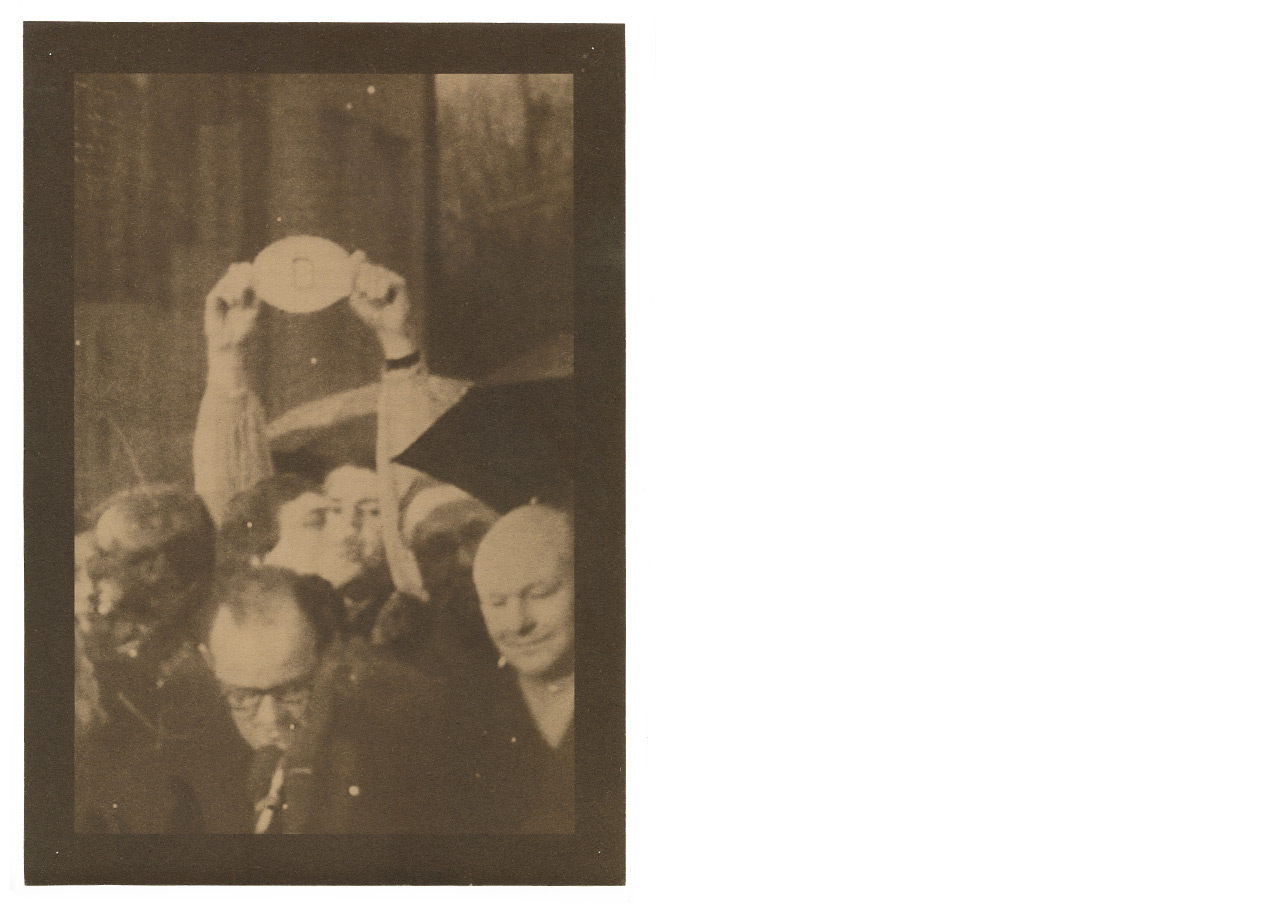
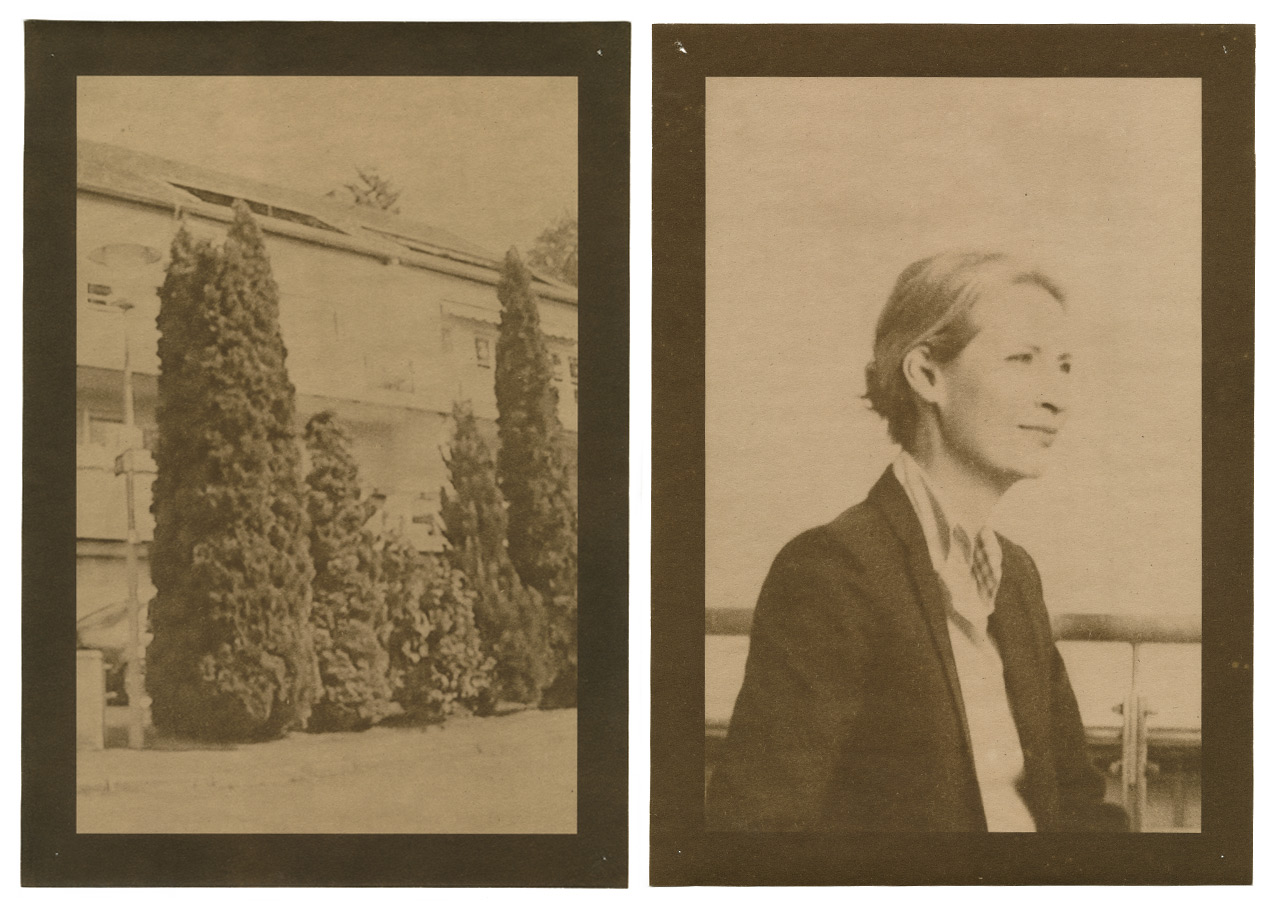
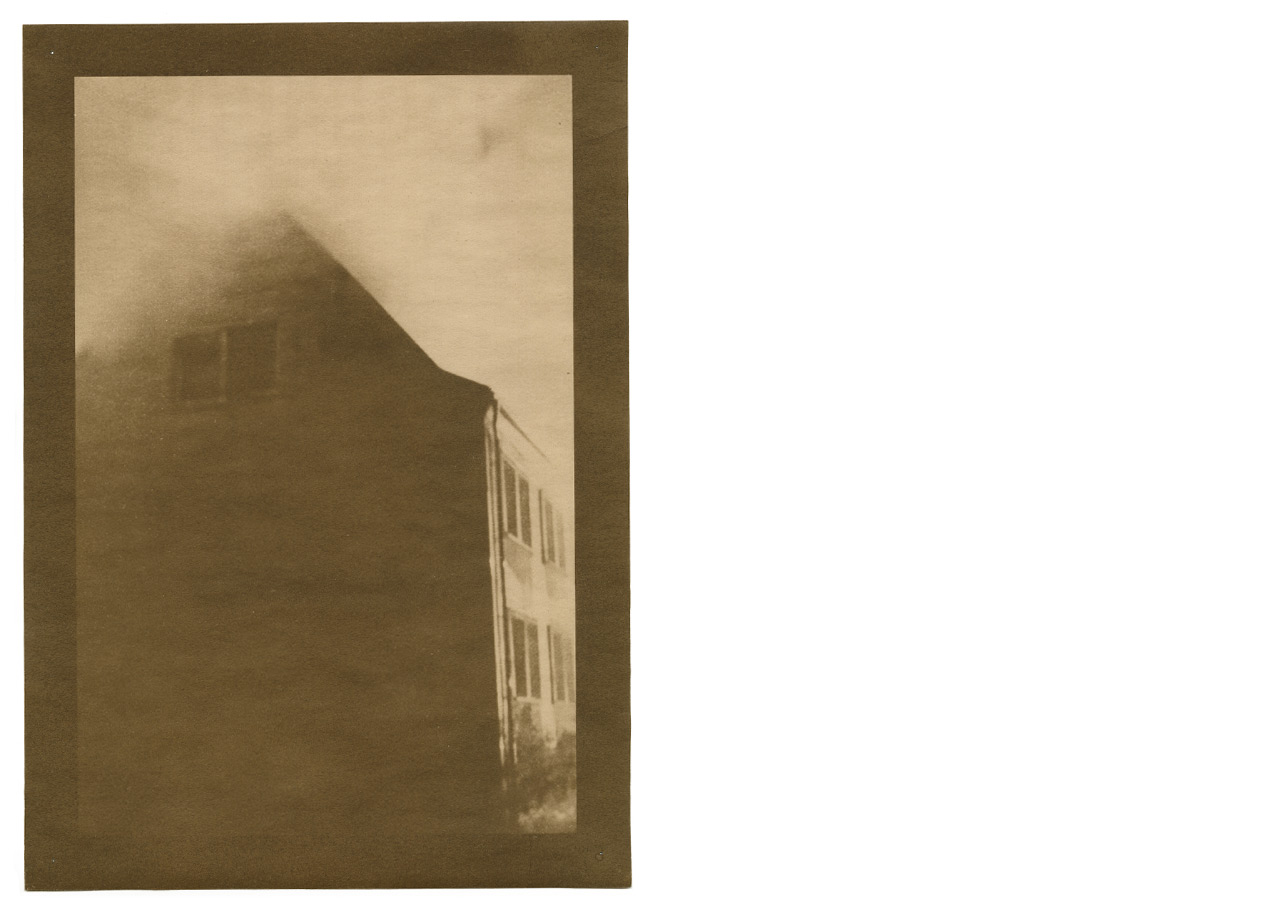
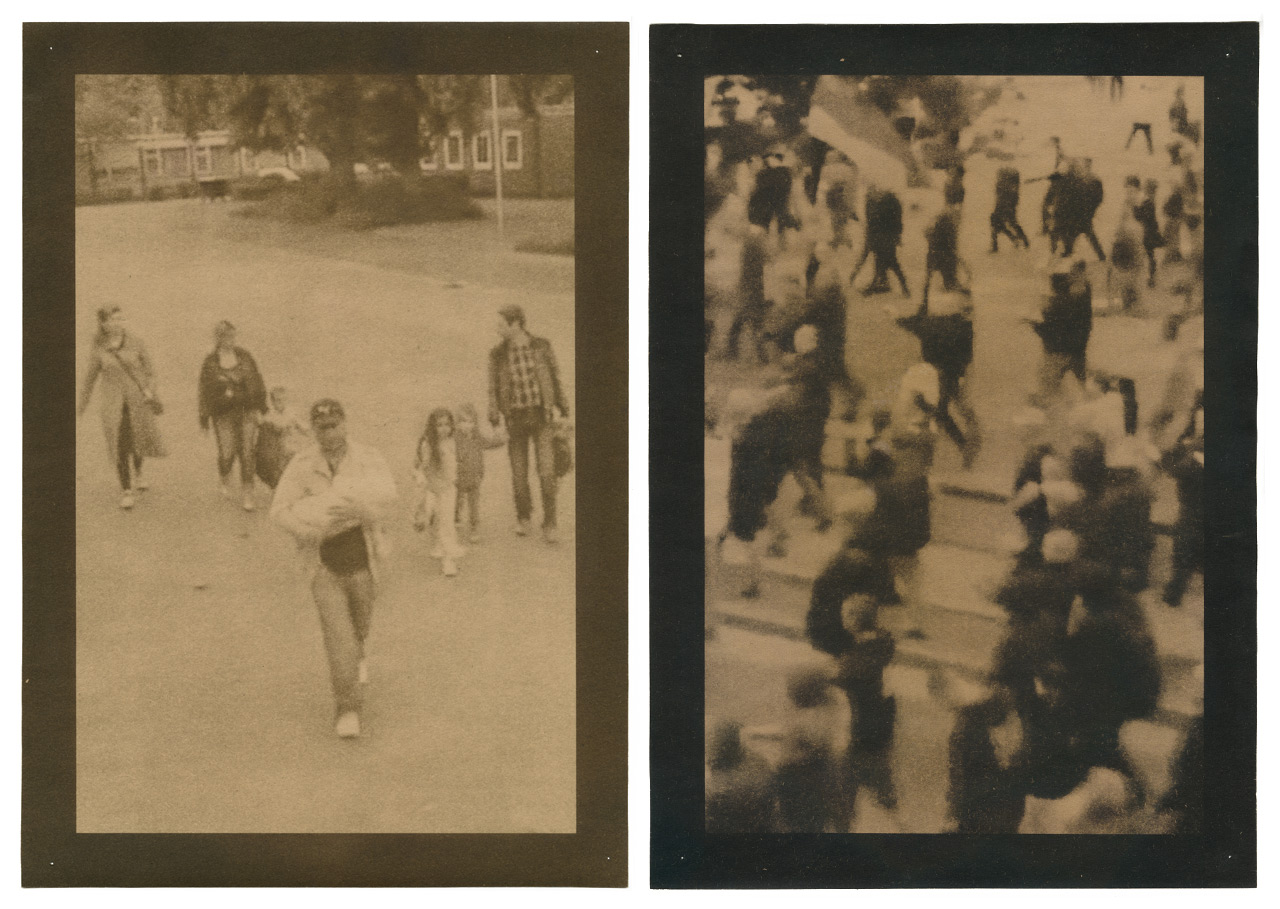
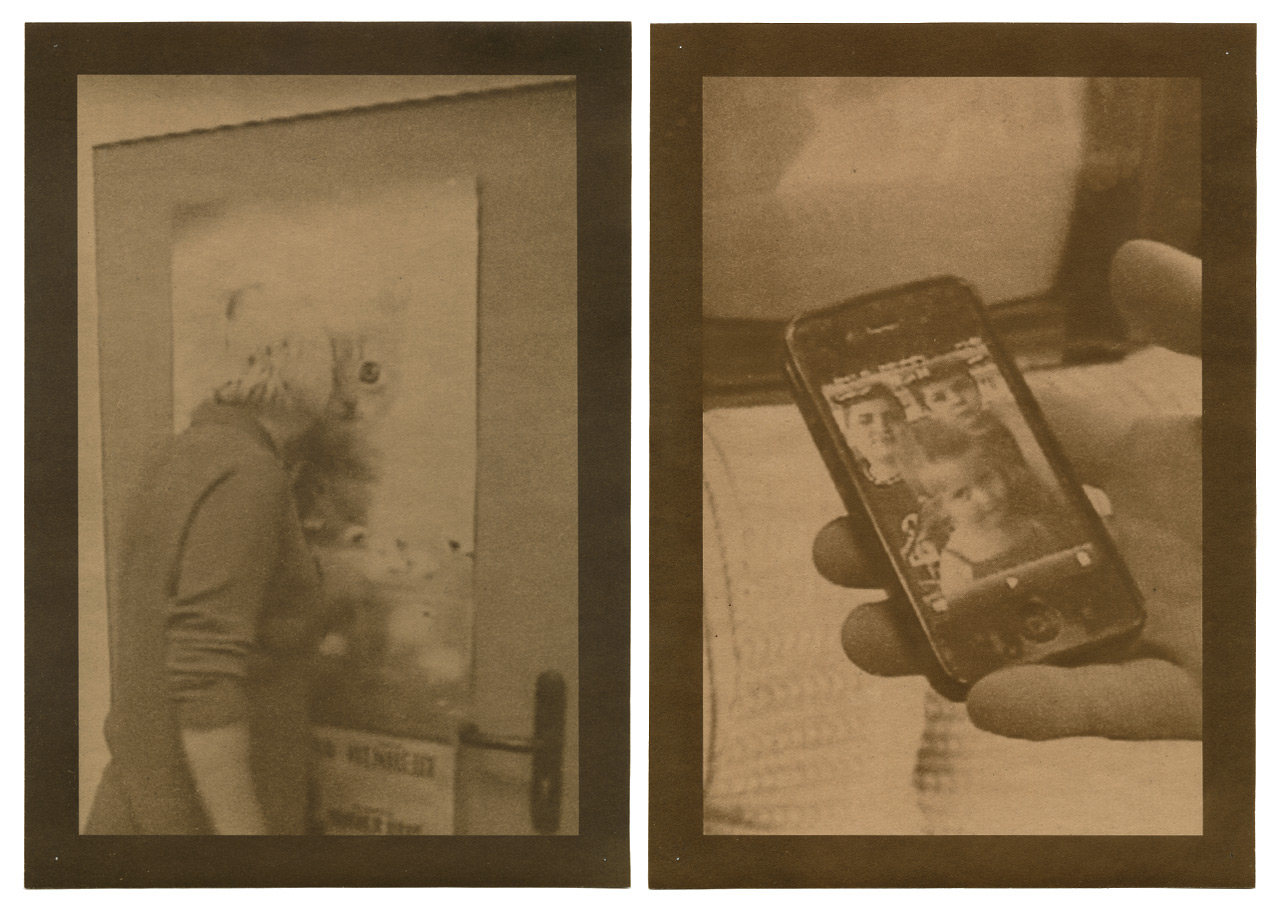
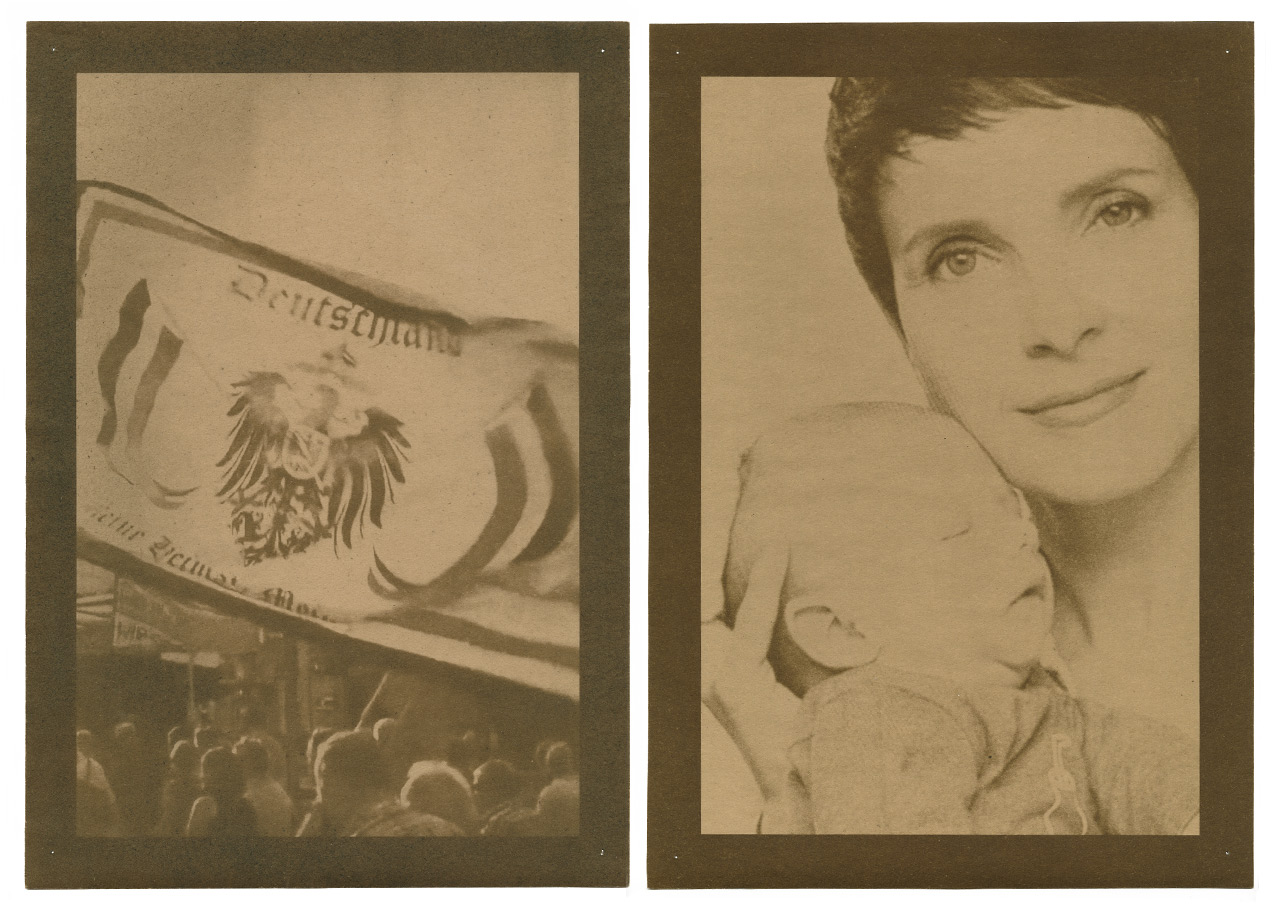
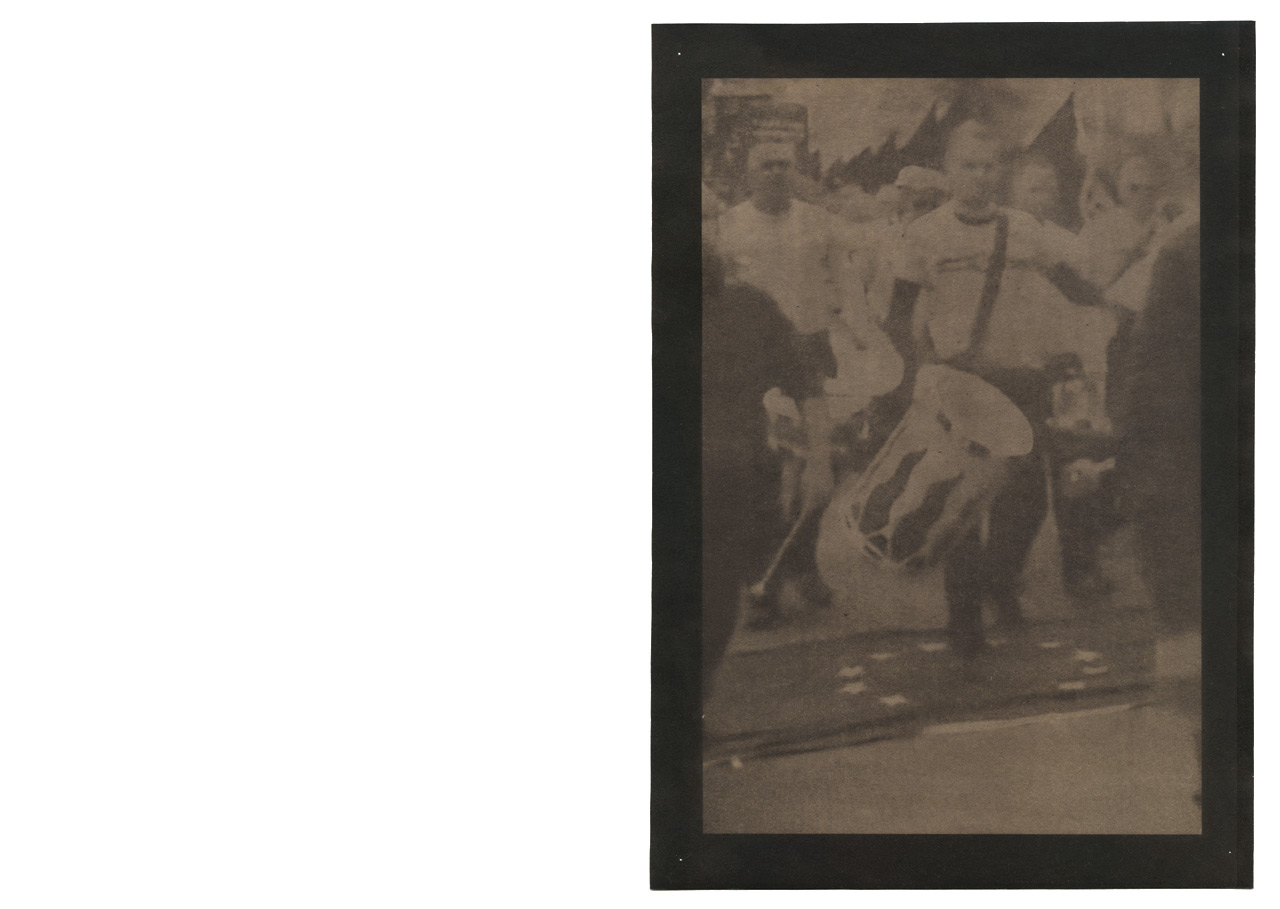
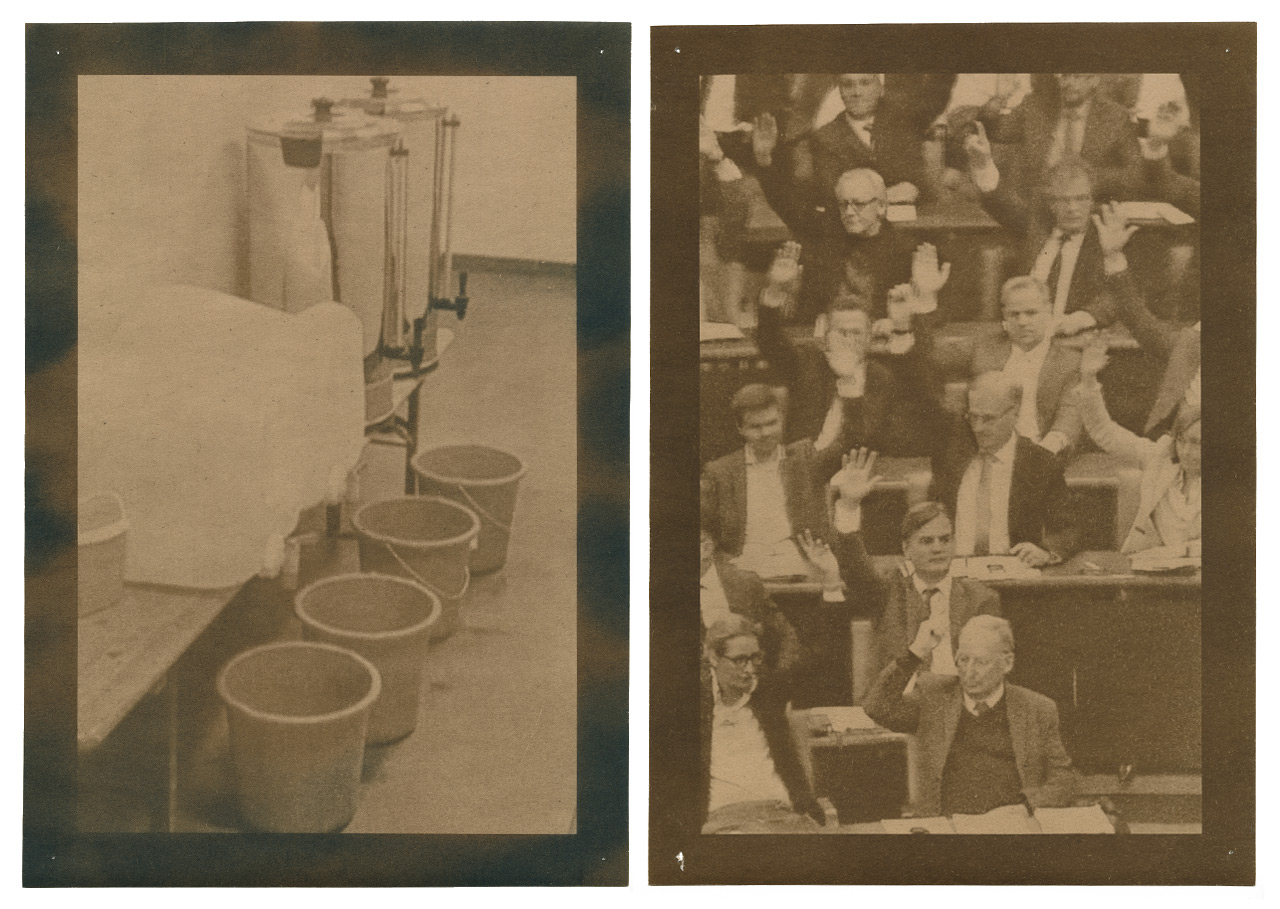
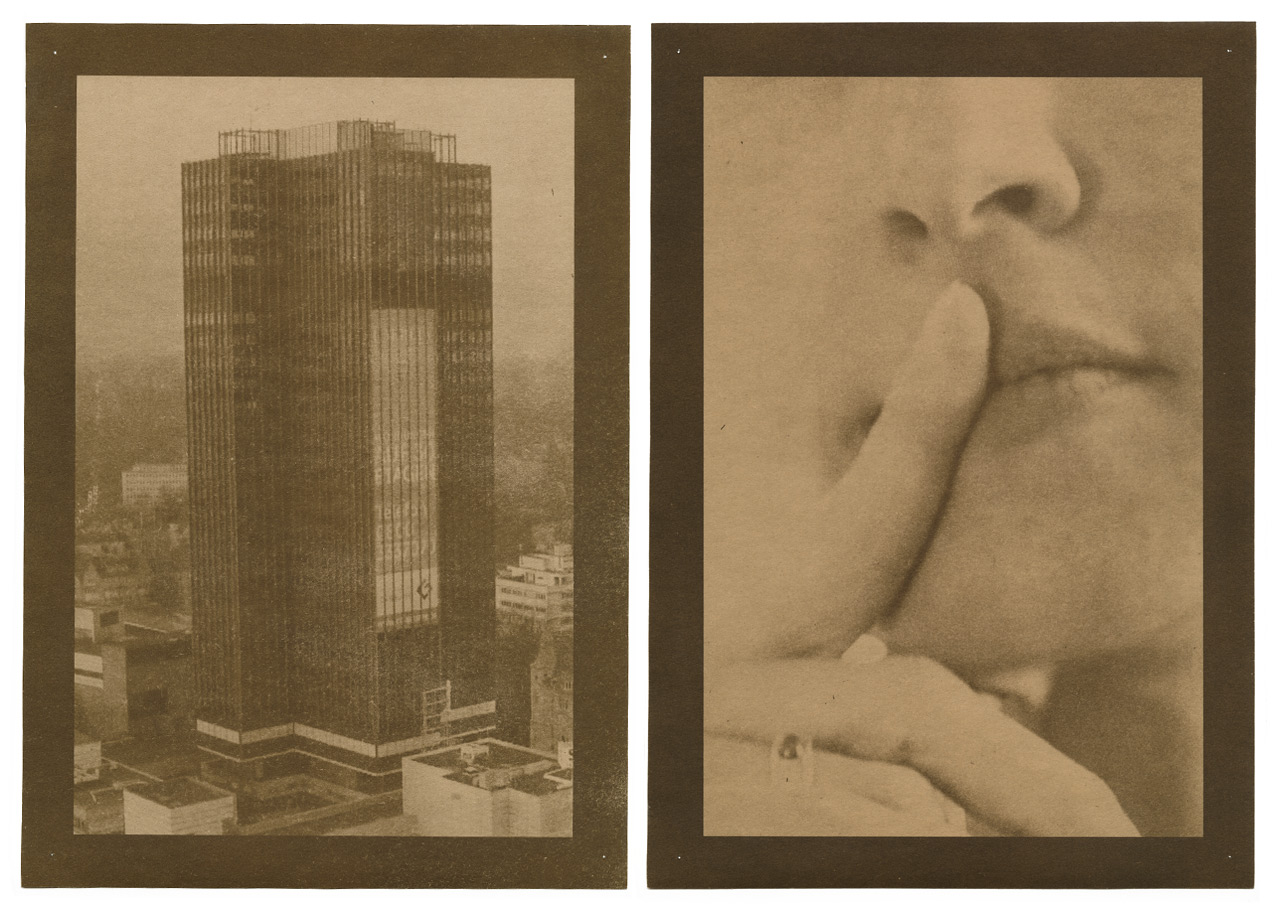
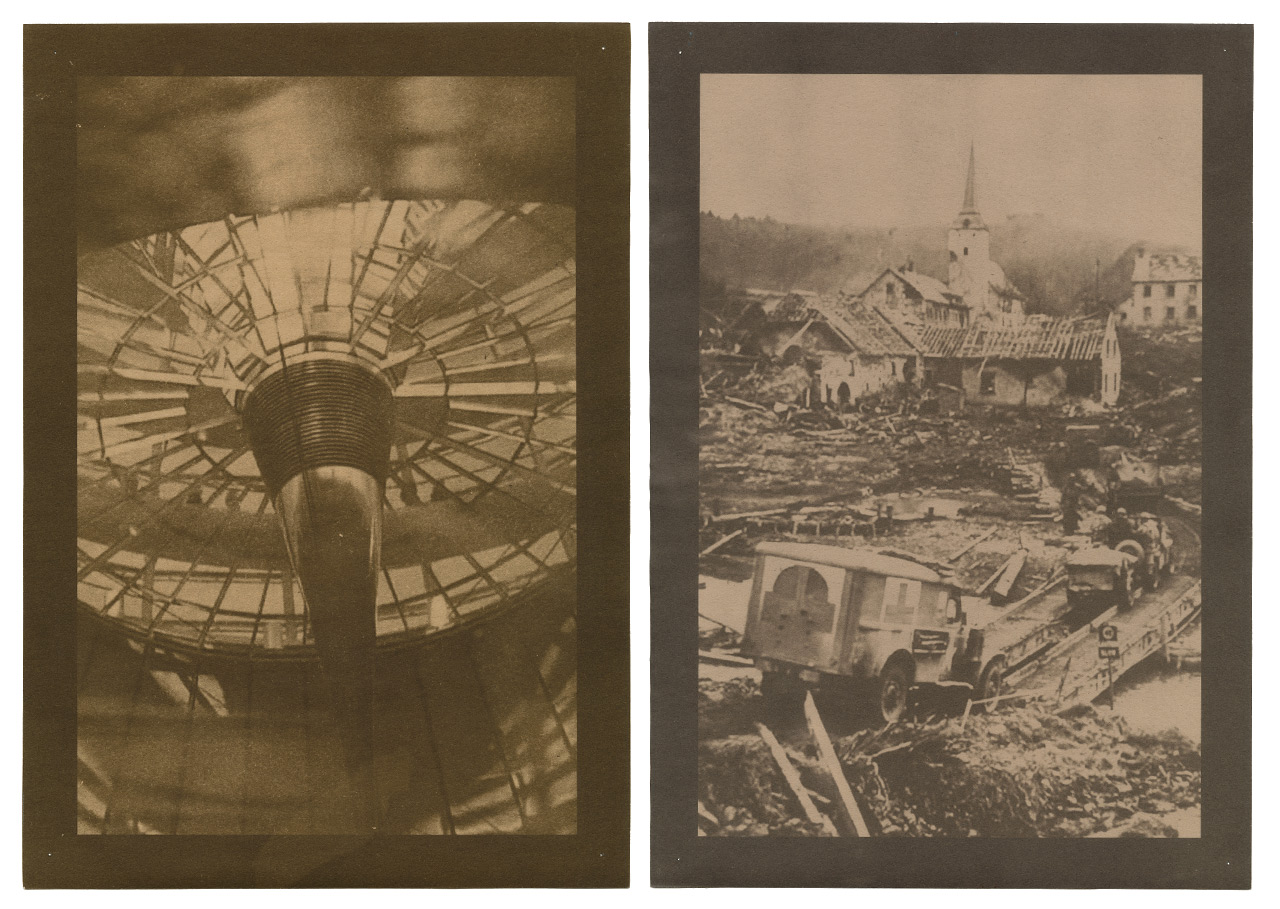
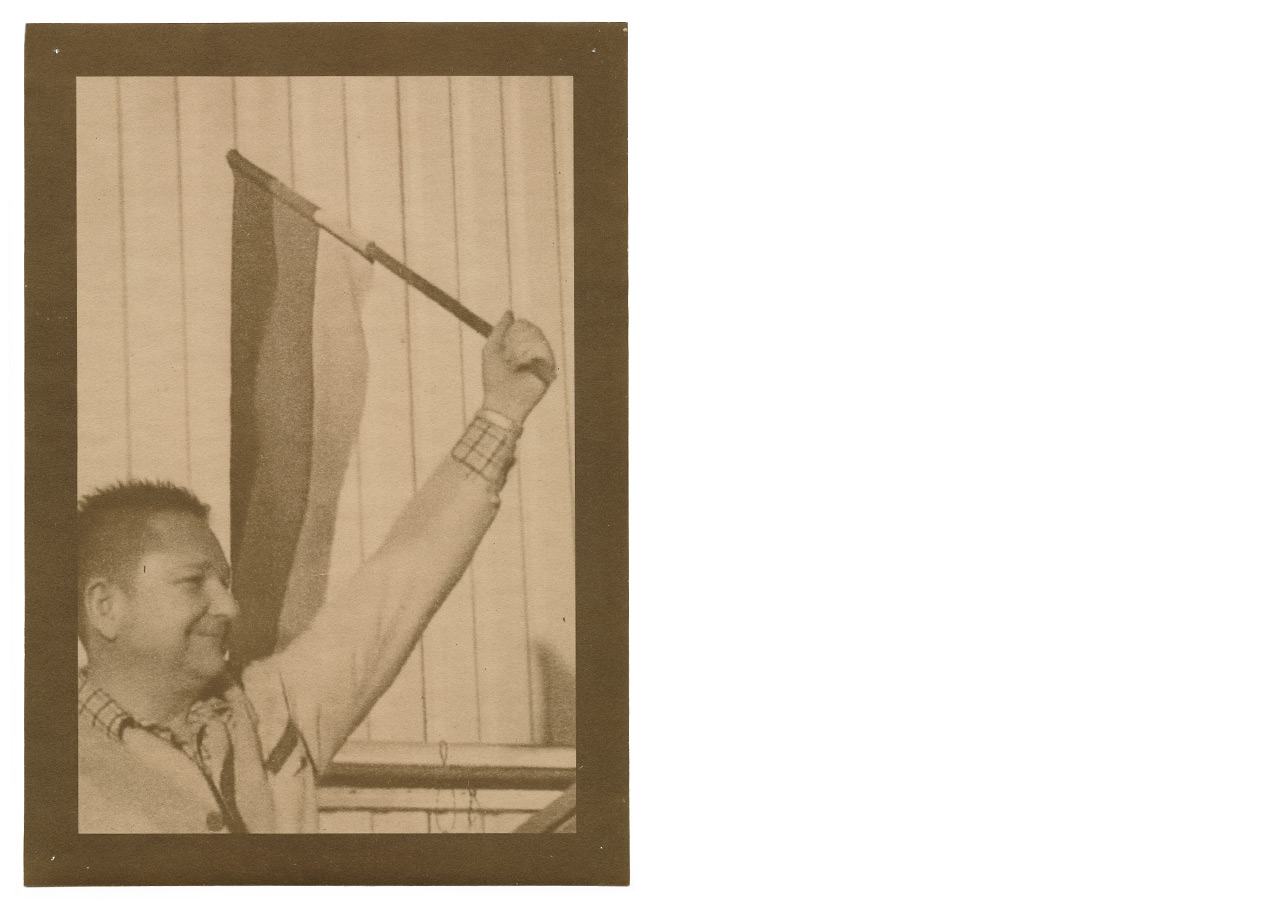
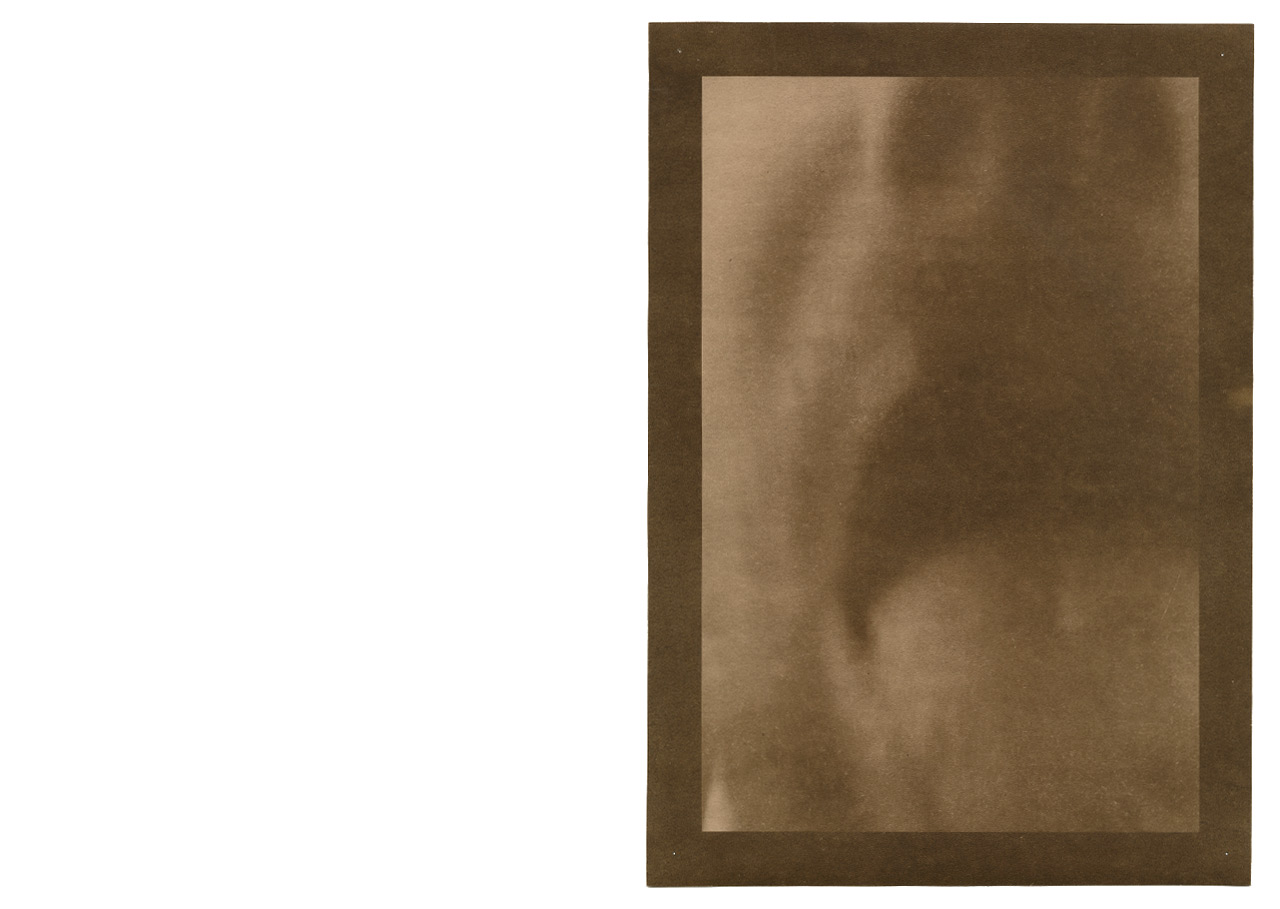
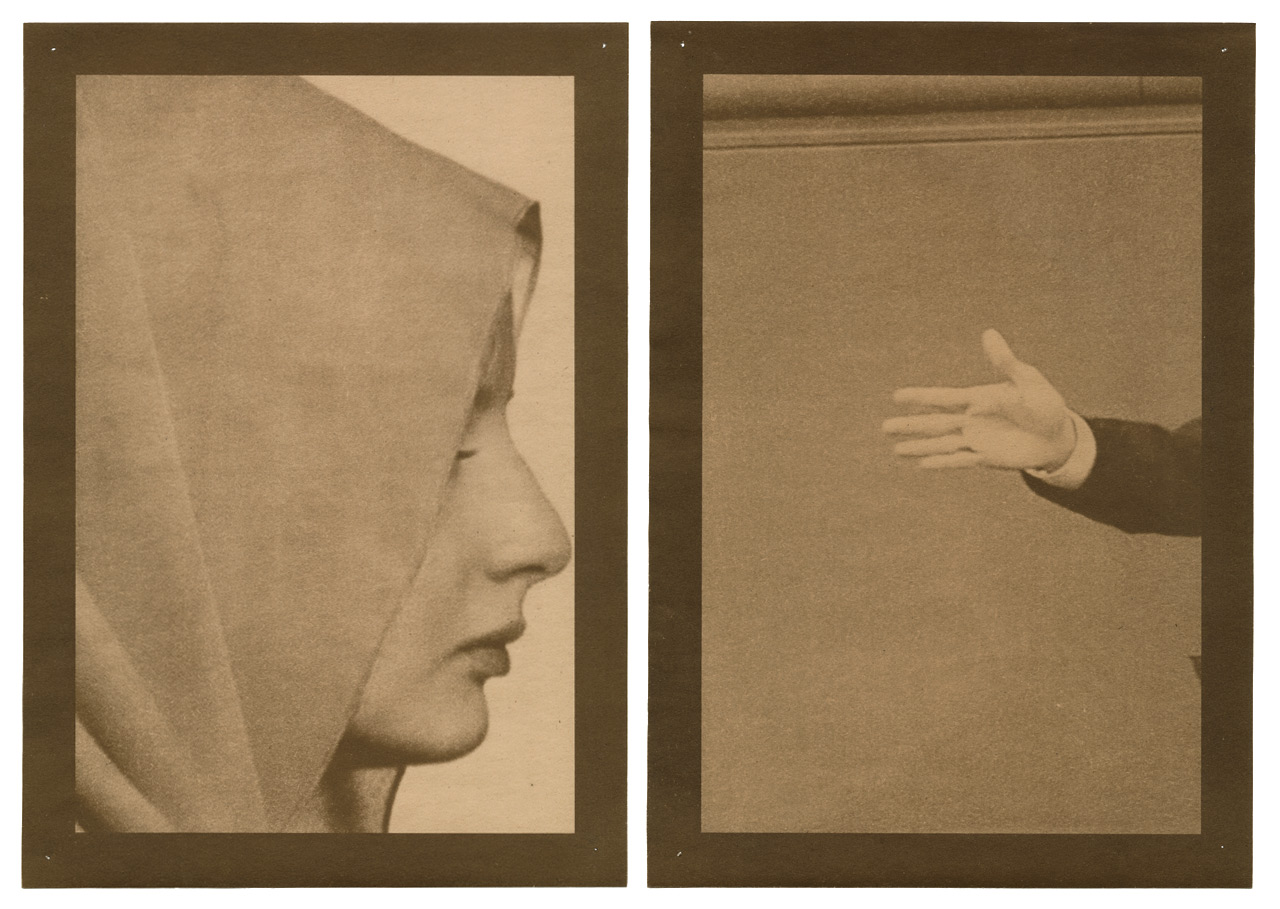
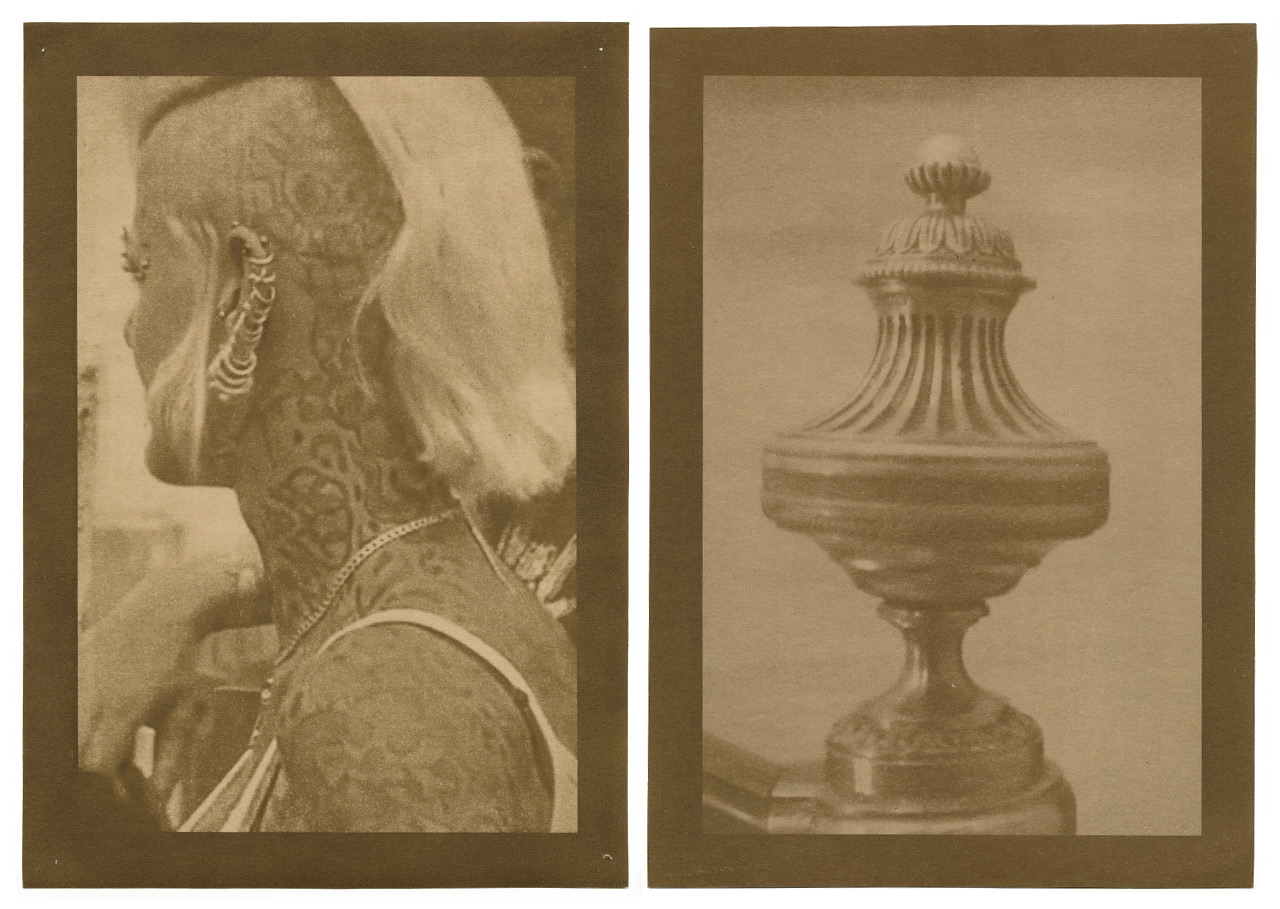
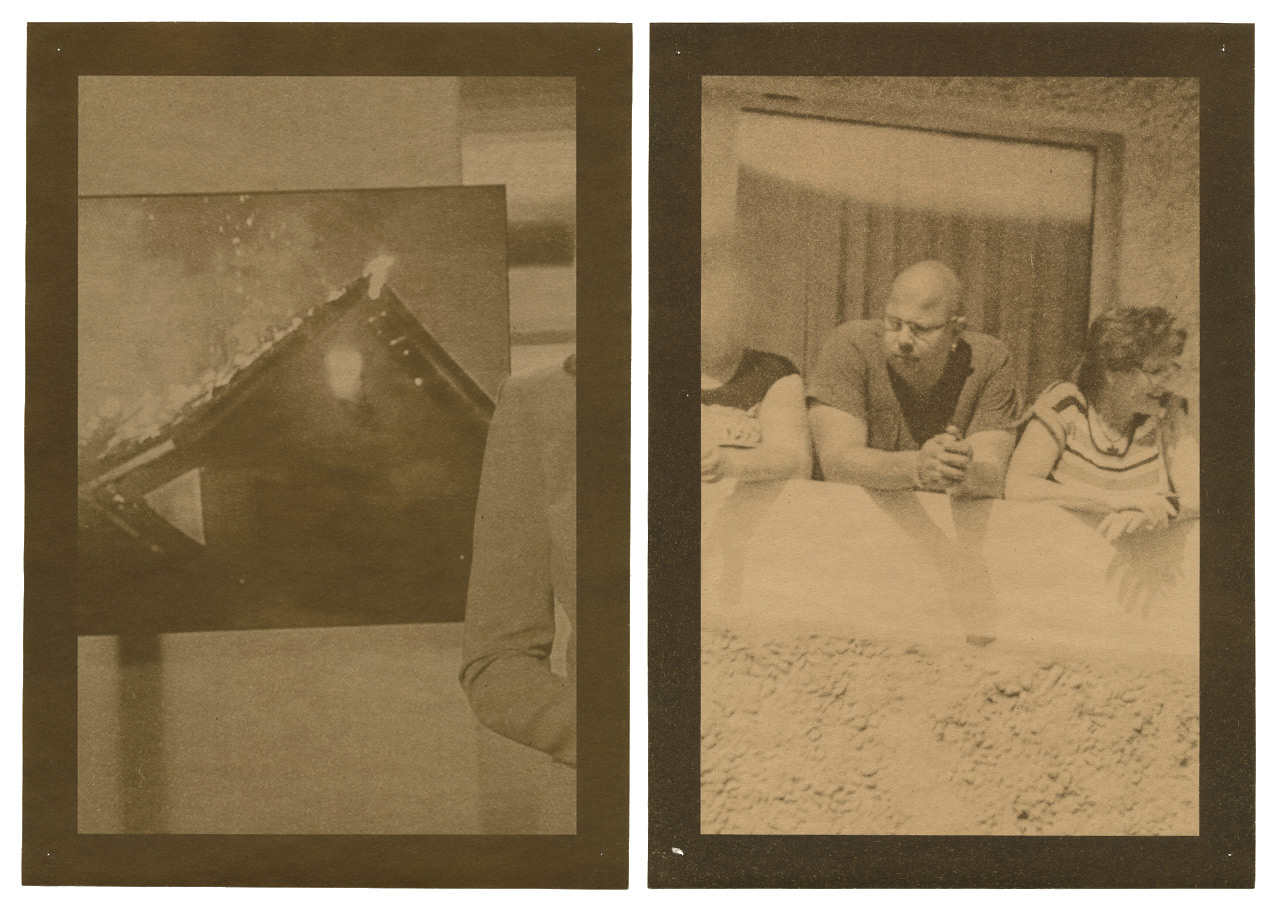
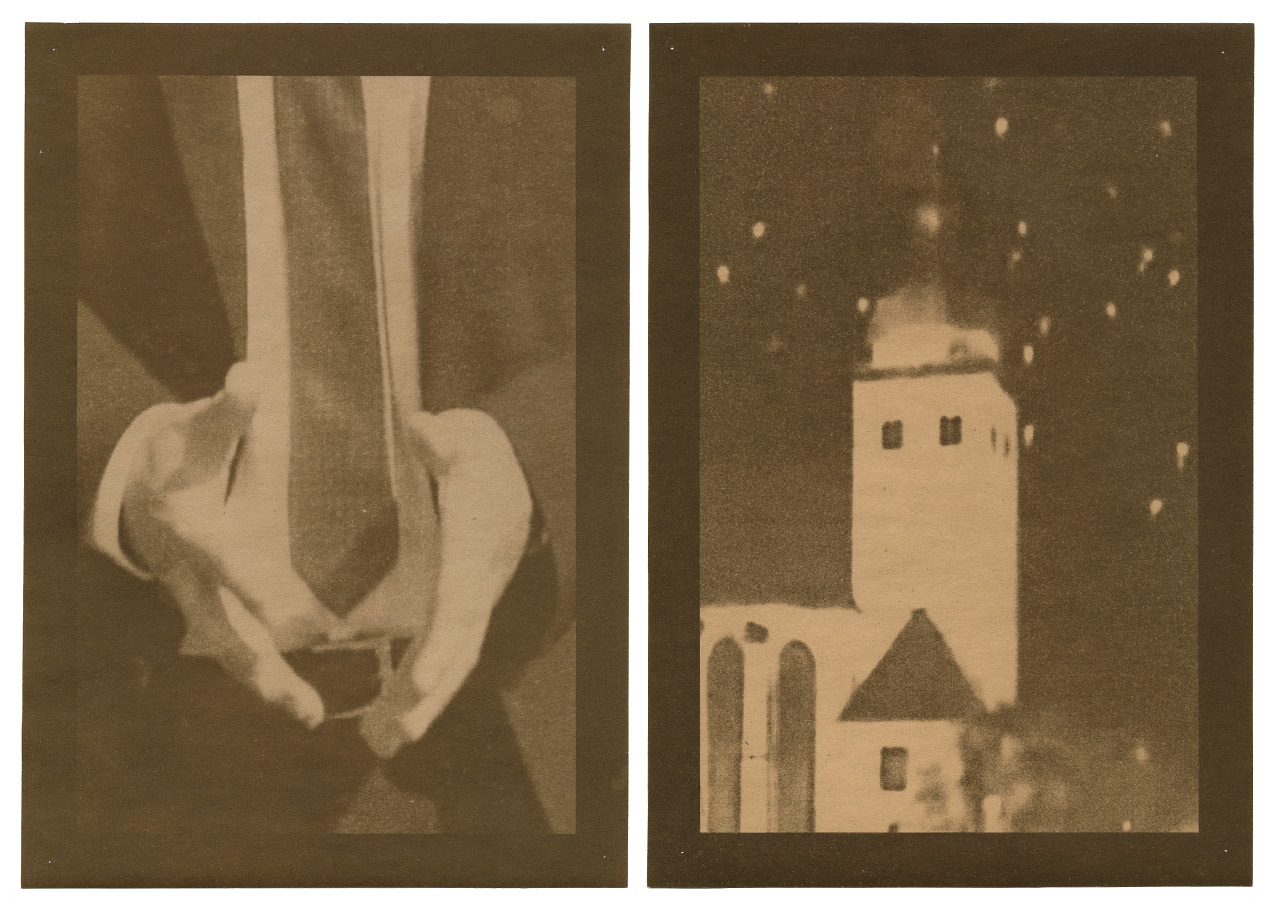
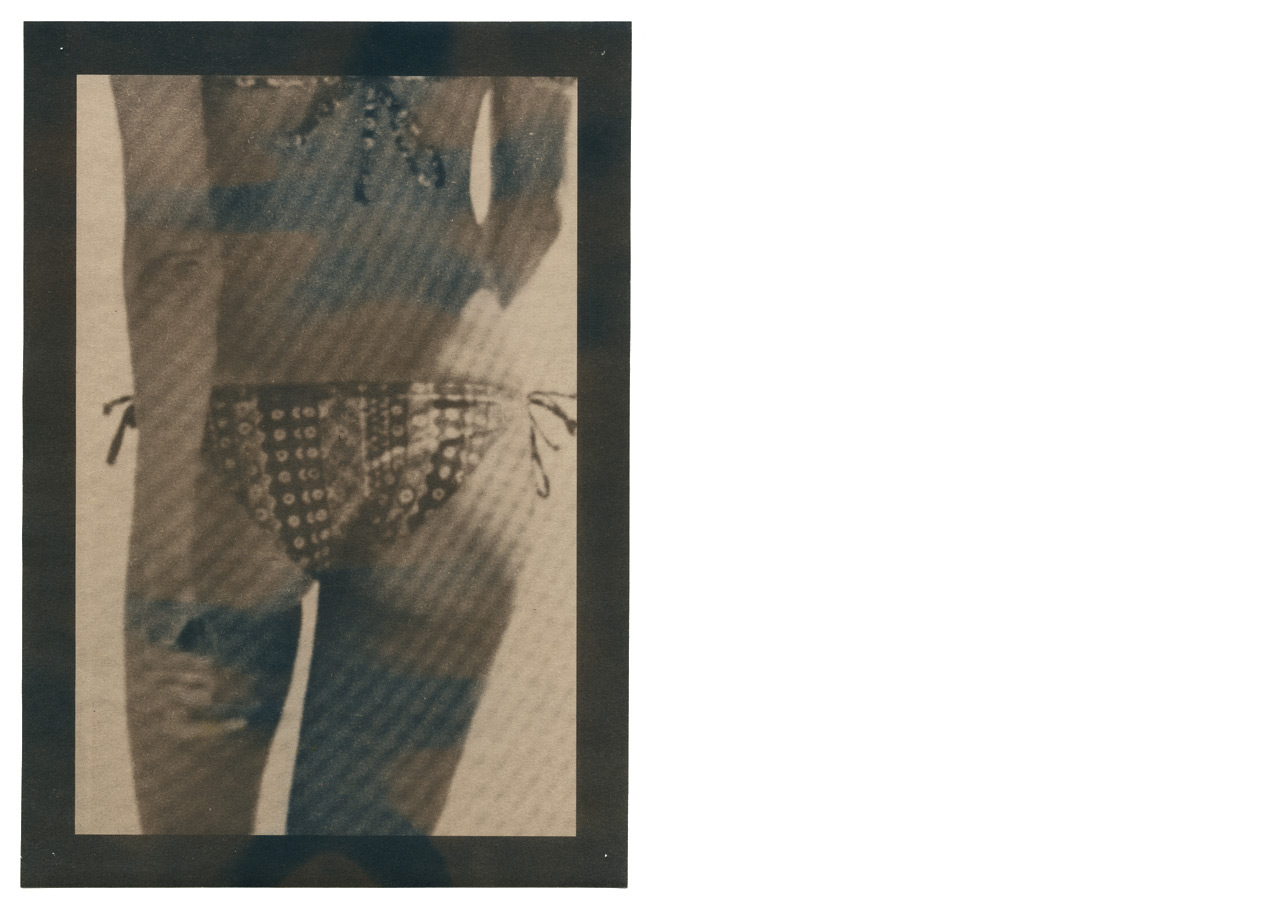
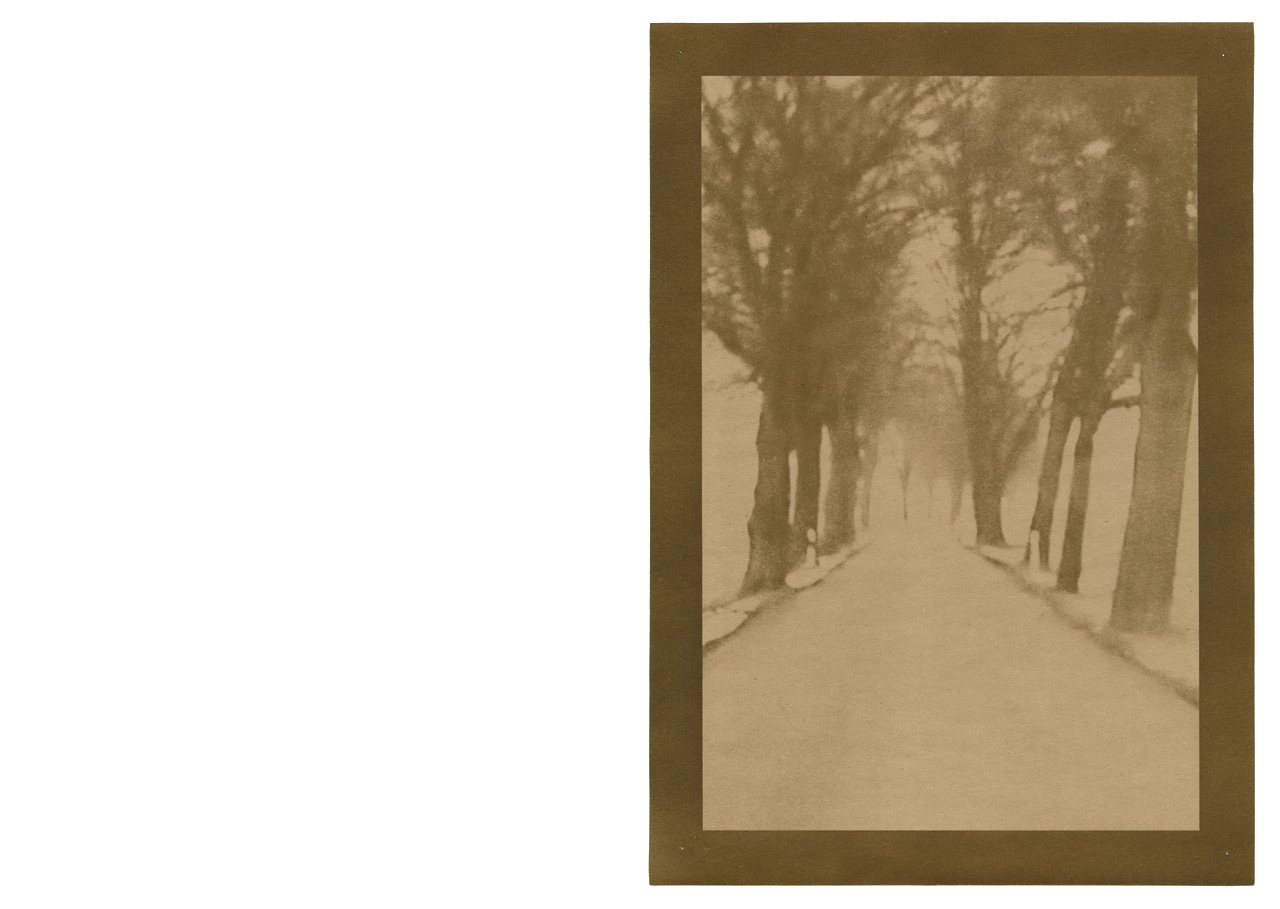
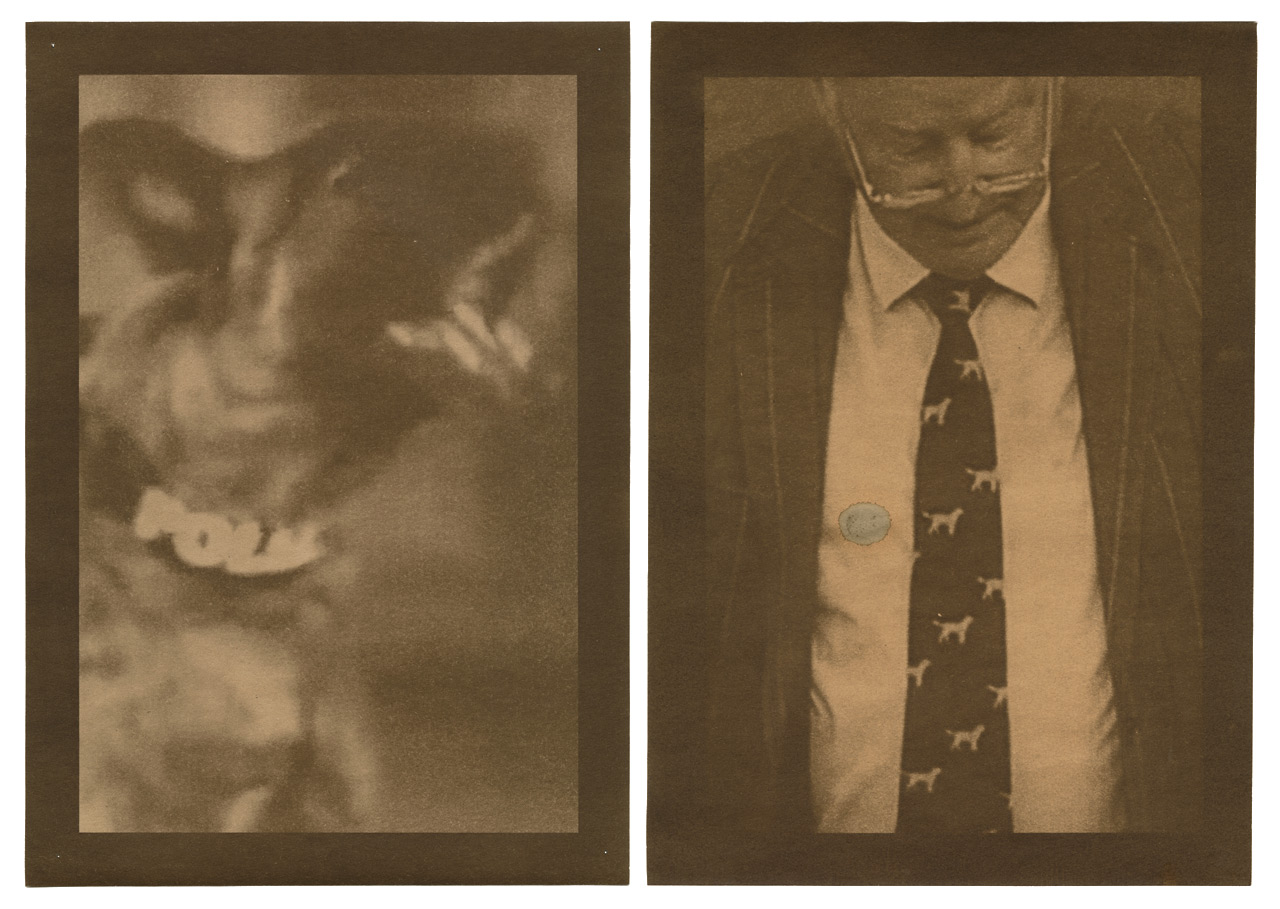
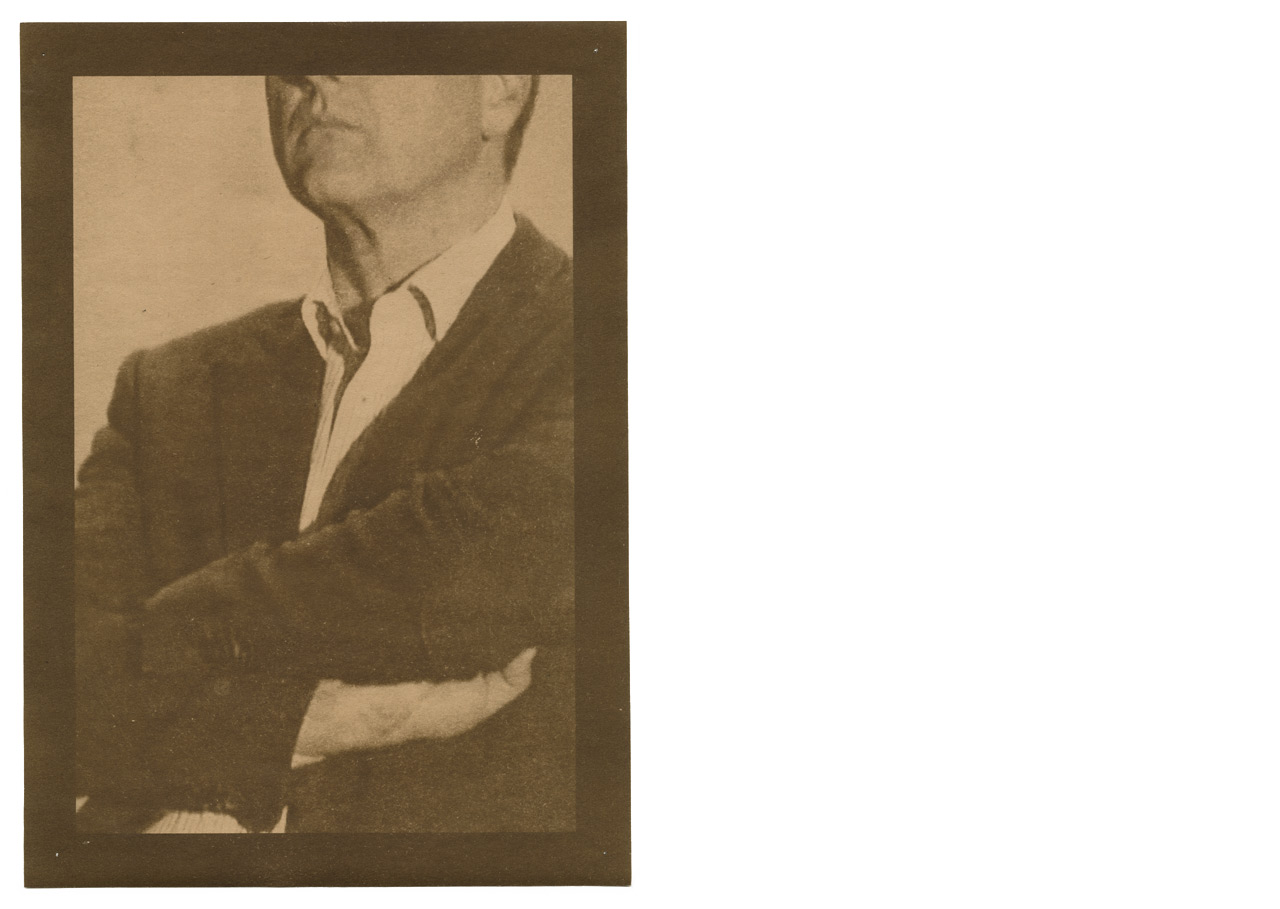
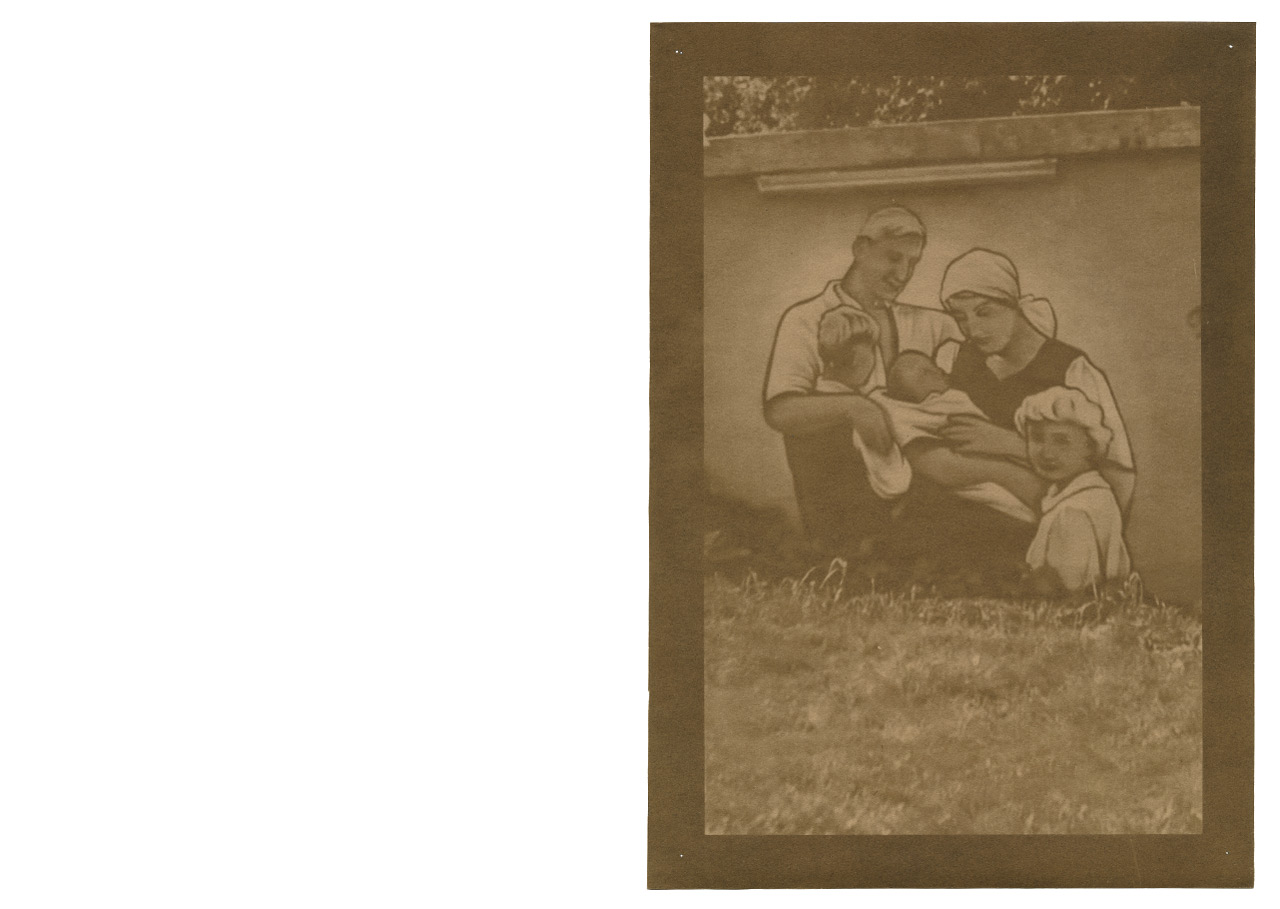
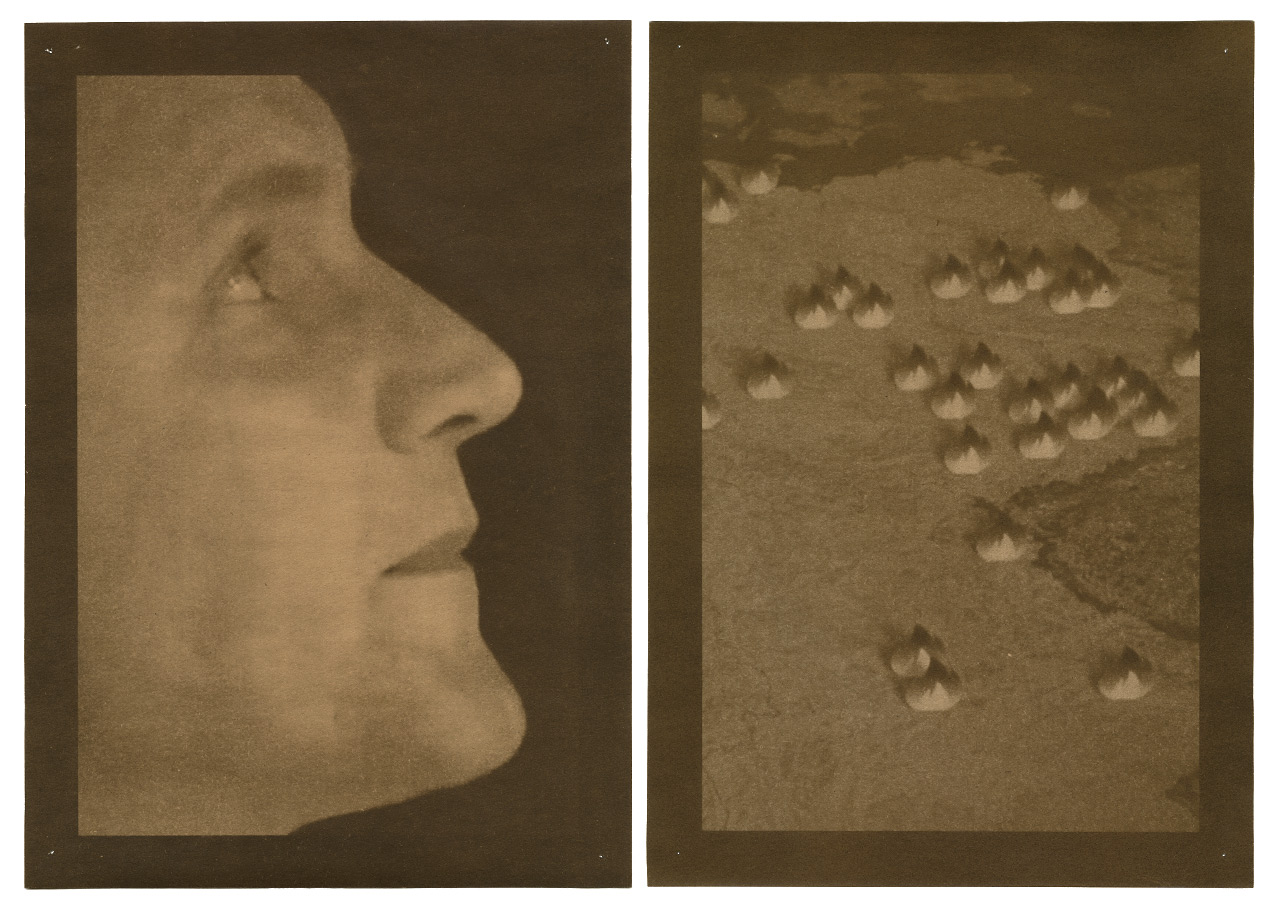
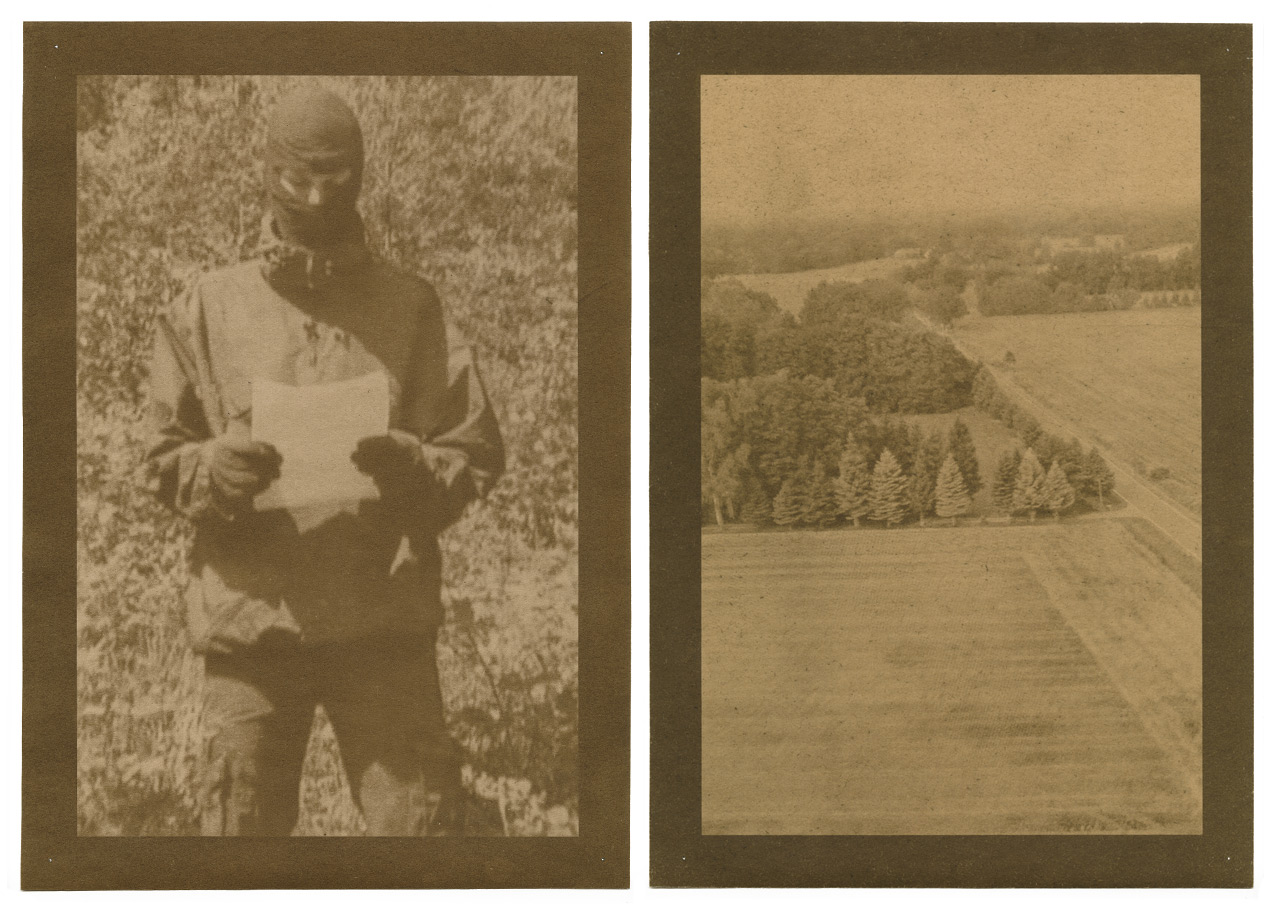
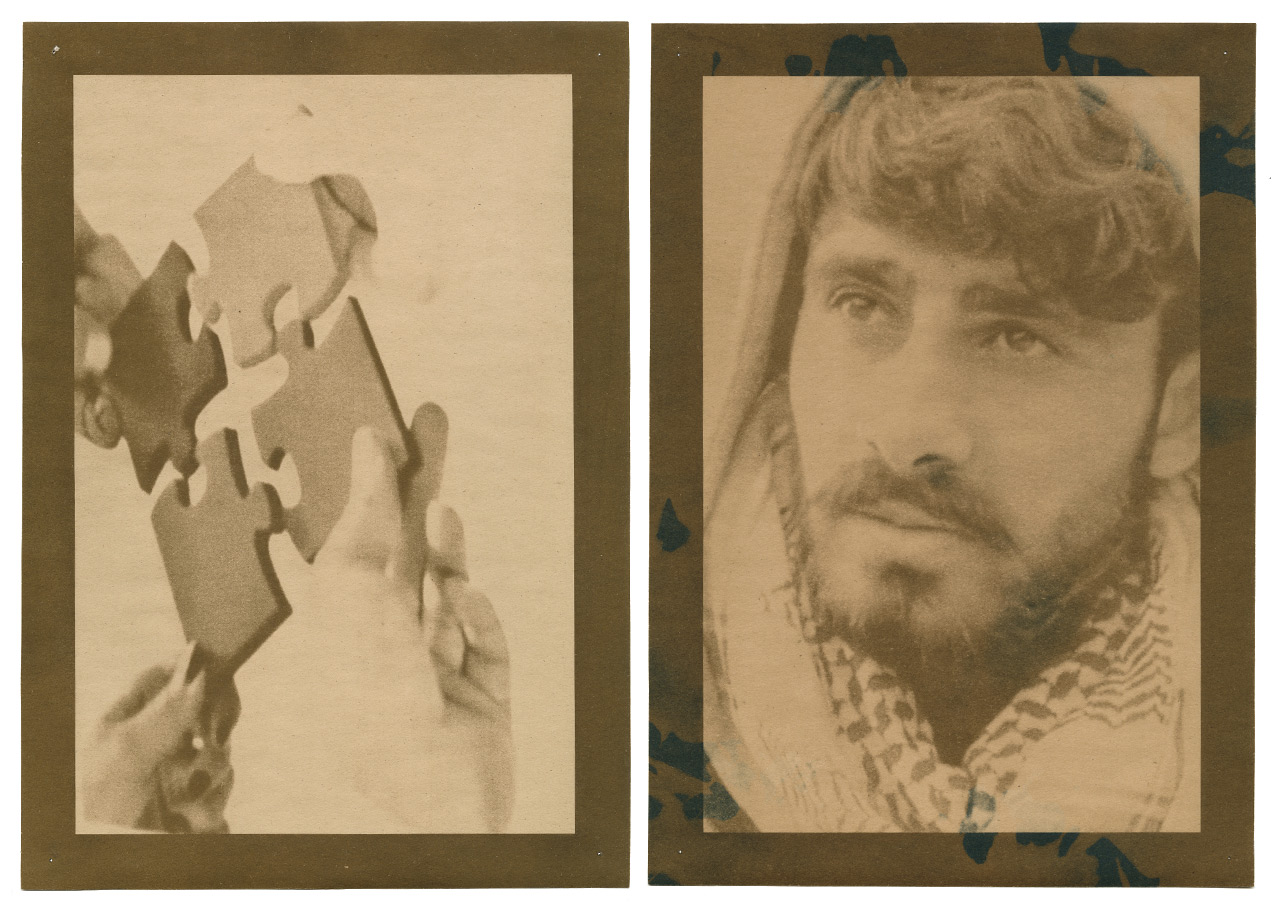
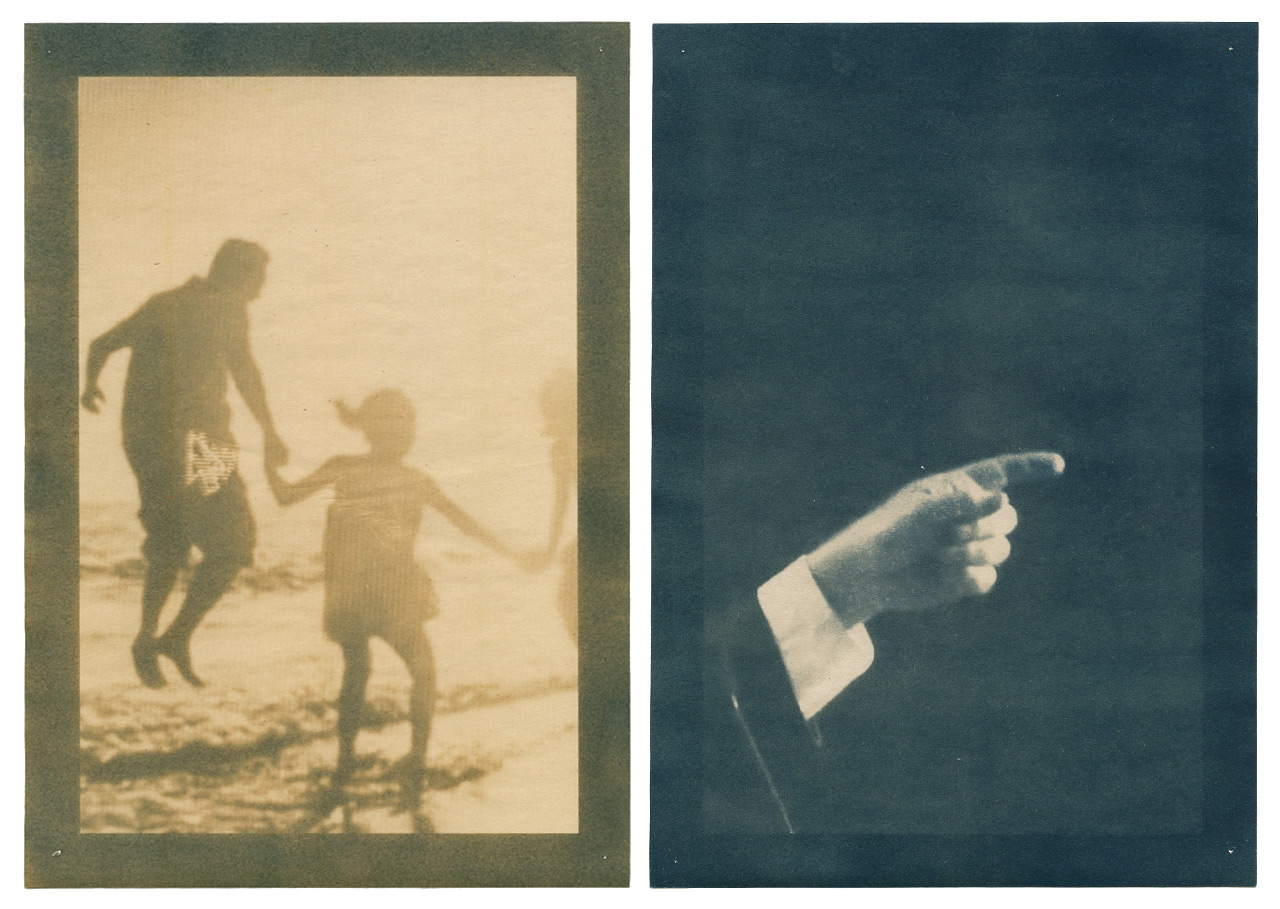
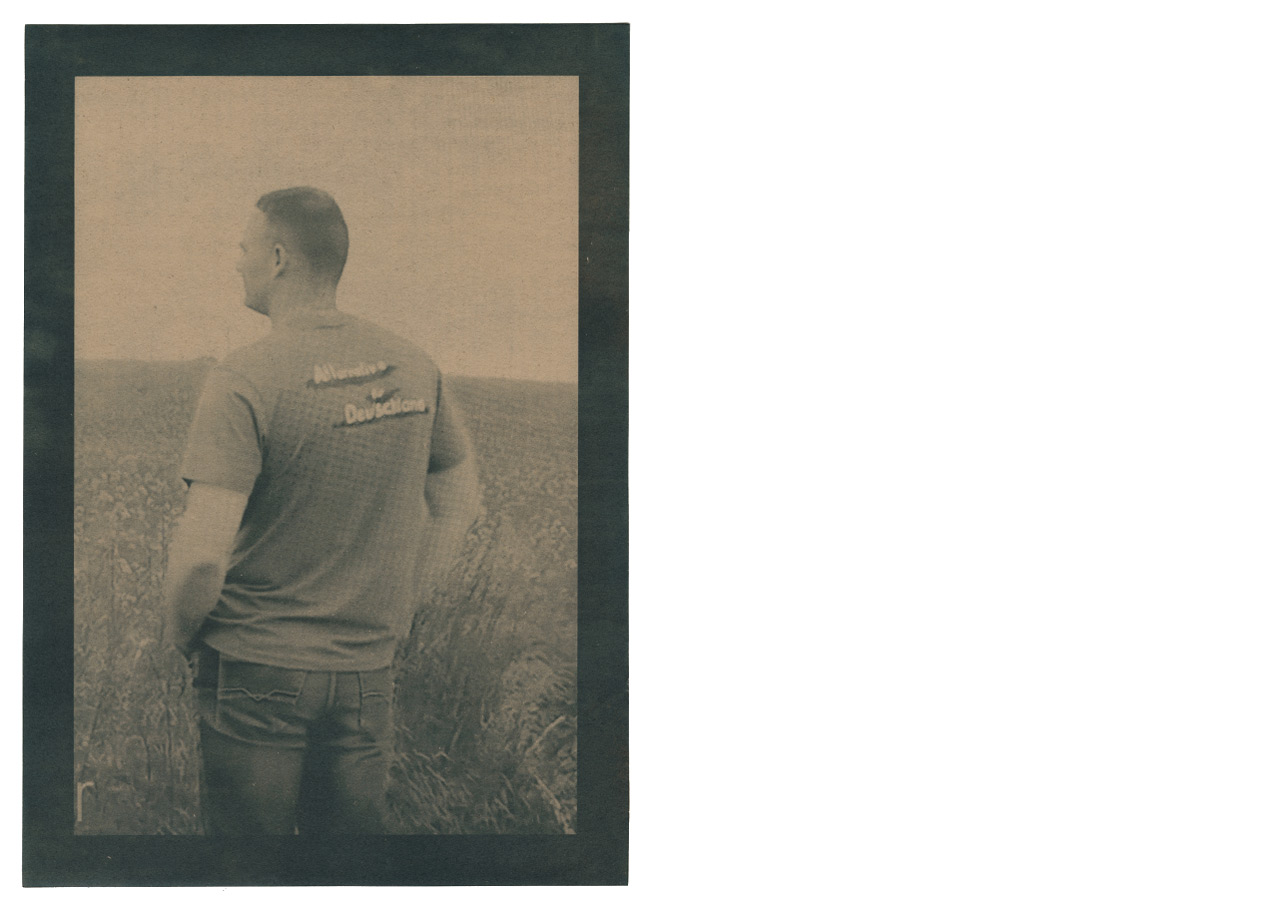
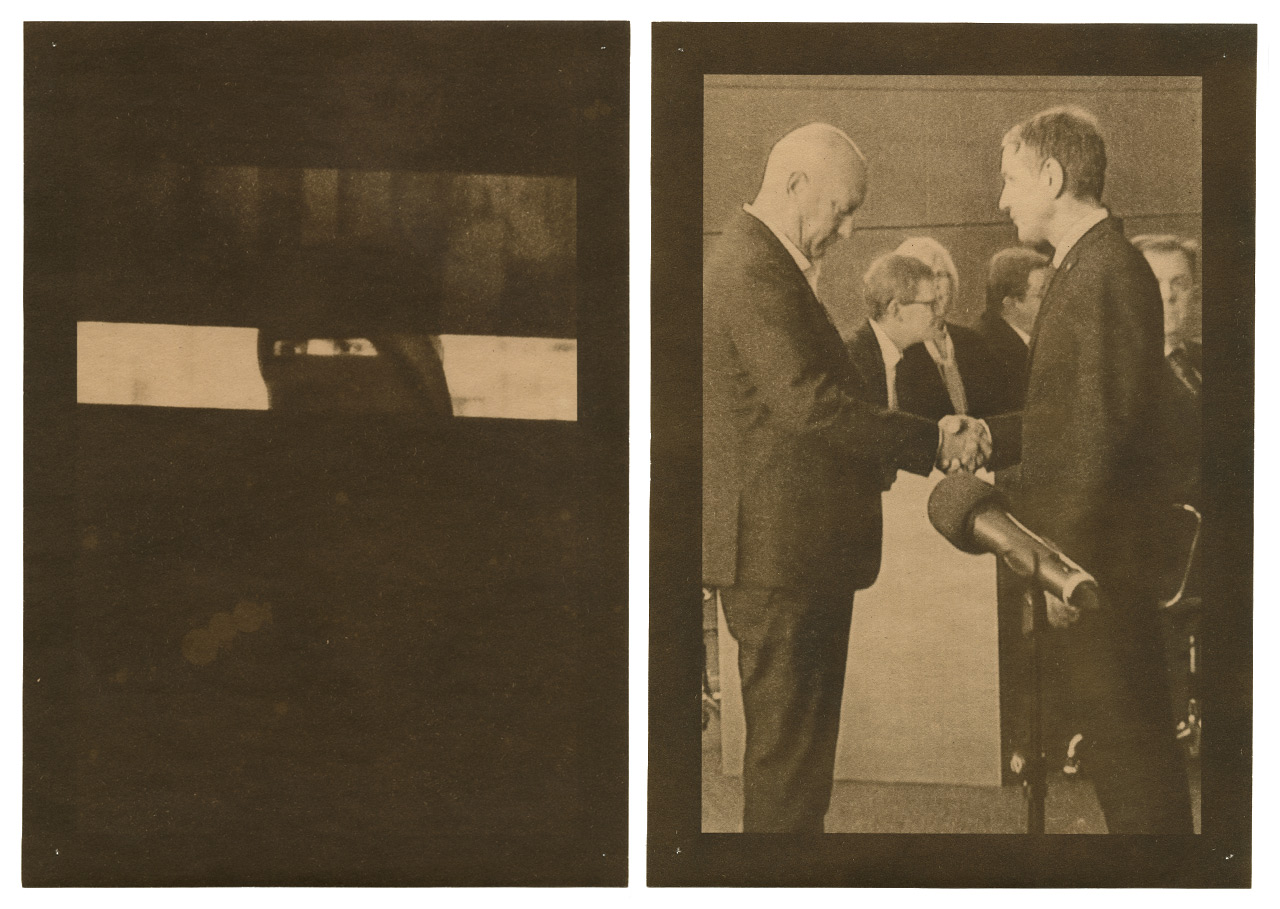
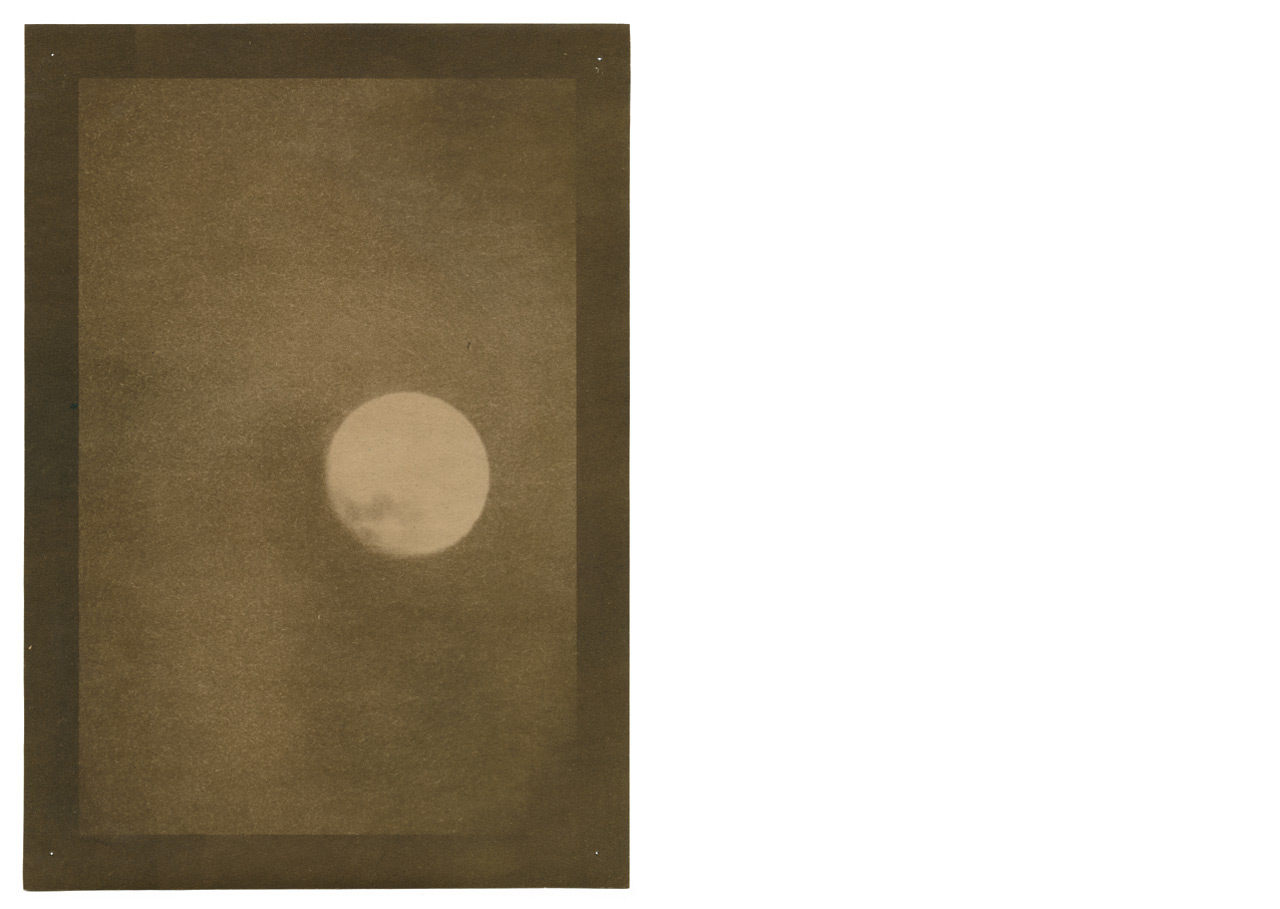
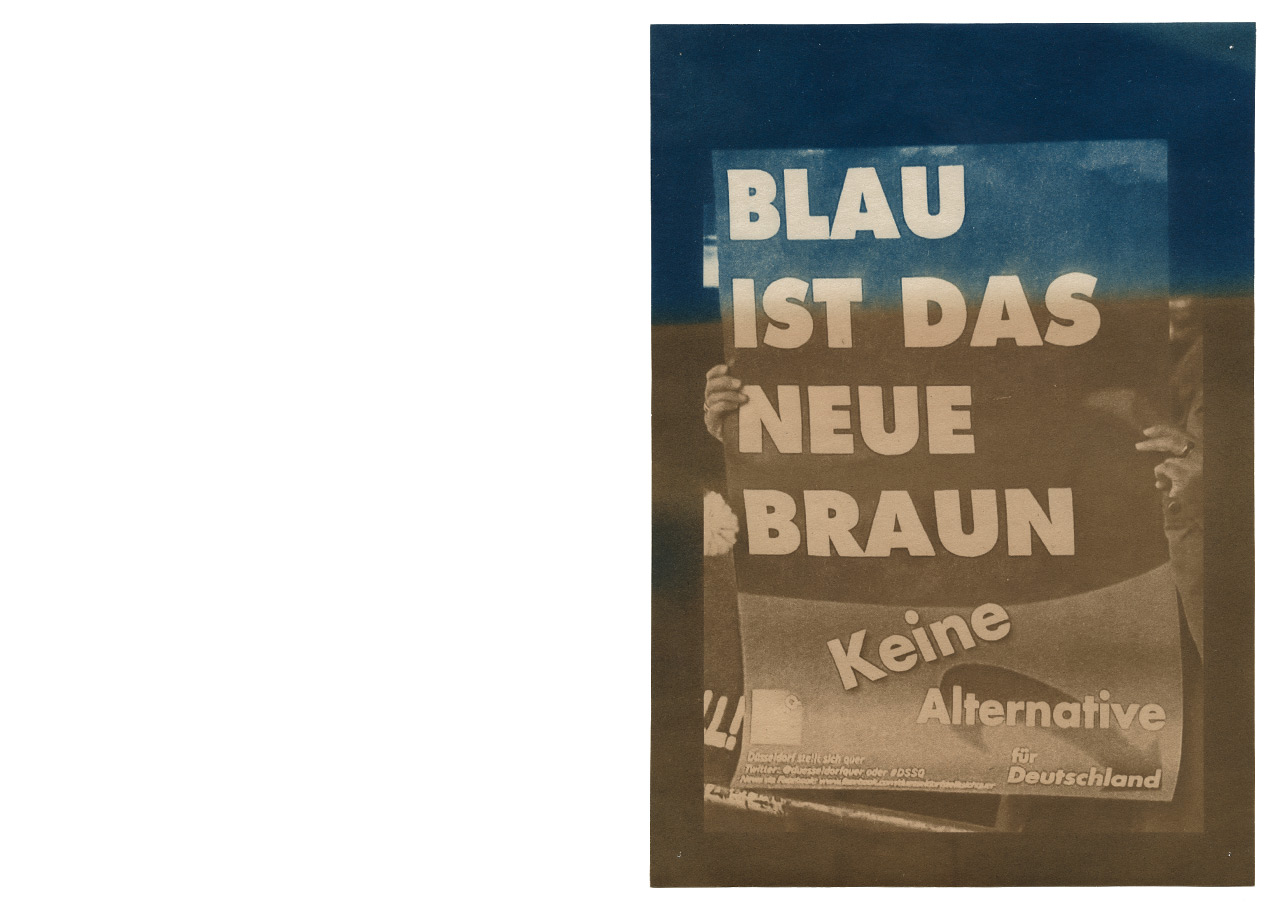
2019 - 2020 Nations and peoples are largely the stories they feed themselves. If they tell themselves stories that are lies, they will suffer the future consequences of those lies. If they tell themselves stories that face their own truths, they will free their histories for future flowerings.— Ben Okri, A Way of Being Free
Democracy seems to be in crisis. The Post-truth era is shaking the very foundations of the political system. Donald Trump's victory; the Brexit vote; the rejection of climate change science; the defamation of immigrants; all have been based on the power of emotions and ‘alternative facts’. There seems to be an underlying trend involving the collapse of trust in authority and mainstream media, the rejection of scientific evidence, the spread of conspiracy theories and a tendency to prioritize emotion above truth. New technologies and social media help to manipulate, polarize and entrench opinions.
Behrendt takes the worldwide rise of right-wing forces and the post-truth era as an opportunity to critically examine the contemporary image culture of right-wing populist themes in Germany. A main pillar of his field of interest is the Eurosceptic and right-wing AFD party (Alternative für Deutschland) that was founded in 2013 and represents authoritarian, völkisch nationalist, homophobic, anti-feminist, anti-Semitic and historical revisionist positions, and maintains ties to radical far-right groups, such as the Identitarian movement and the Islamophobic organization Pegida.
In his visual investigations, Behrendt concentrates on video posts of right-wing parties, official political messages, amateur propaganda and media coverage of such topics in conventional mass media, documentaries and interviews shared on different social media platforms. Unlike a traditional documentary photographer, Behrendt points his camera not on the physical landscape and the conditions that surround us, but rather on the immaterial, wild and endless sea of the internet.
Driven by the idea to pause the continuous flow of imagery and give time, space and material for contemplation, but also to liberate the images from their original function as carriers of information and constructed narratives - he uses a digital camera to document directly from the screen, thereby extracting ephemeral visual traces from larger video sequences. By transforming the digital “ghost” and giving it a physical body (existence), the images become tactile objects - a distillate of their time that might help to navigate our perception of reality.
Similar to the work cycle Blueprint 2017-20, Behrendt uses the cyanotype process as a photographic method. He complements the work process by manually coloring the cyanotypes with a brownish tone that is reminiscent of historical photographs or the uniforms of the paramilitary Sturmabteilung SA (brown shirts). During National Socialism brown was used as a symbol of solidarity with the soil and became the identifying color in the self-image of the NSDAP with the Brown House in Munich as the party’s headquarters. In Germany, it is associated with neo-nazism and the extreme right. In Alternative, 2019-20 the brown tone not only contributes to the uniform appearance of the work, but can also be understood as an allusion to the trauma of National Socialism, which continues to have an effect today.
The polyptych Alternative, 2019-20 consists of 175 A3 images — each image a distilled trace of a larger narrative. It is an investigation of key moments, historical allusions, gestures and important events — a search for clues in an endless sea of images that are constantly recorded, played, copied and lost in the shuffle. A unique visual collage that “reflects the not infrequently manipulative opinion production of media images and the iconographic effect that emanates from certain image content” as C. Sorbeck (Ernst Balach Museum, Güstrow) describes. “(…) an X-ray image of it’s time, denouncing blind allegiance or social obtuseness with a razor-sharp gaze and calling for critical reflection.”